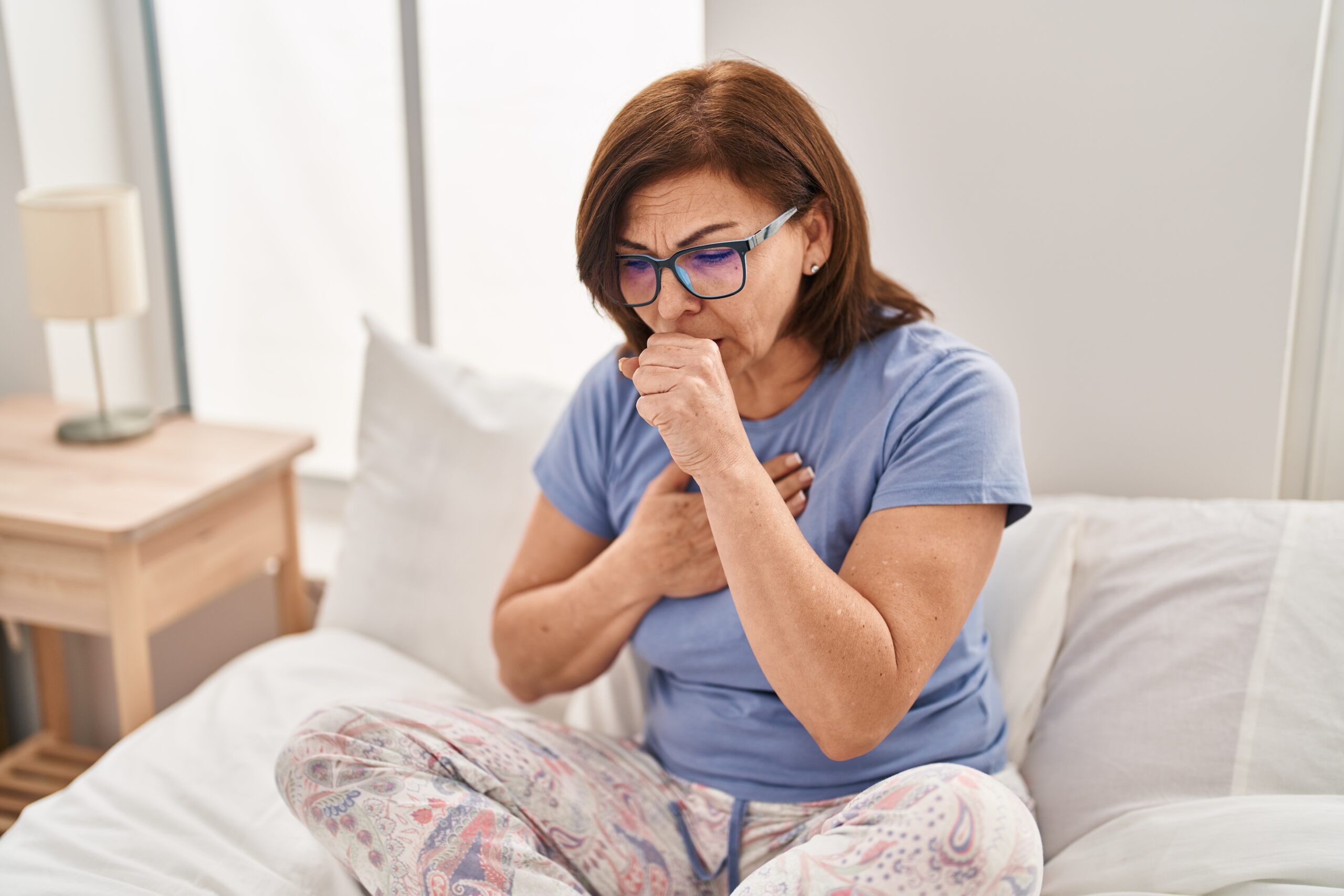
Dec 22, 2023
10 Signs of Poor Indoor Air Quality
Many of us may think that we’re safe from pollution by staying indoors, but in truth, fresh and clean air is not guaranteed regardless of where we are. We just have more control over our indoor air quality than we do outdoors.
When it comes to wellness, diet, exercise, and sleep may be the first things that come to mind. However, we must also remember that indoor air quality is just as important. Poor indoor air quality due to airborne contaminants such as mould, dust, bacteria, toxins, smoke, and other allergens puts us at a high risk for chronic health conditions.
Adams Care helps boost indoor air quality with sanitization services as well as specialised services like mould remediation and post-construction cleaning. Here are 10 signs of poor indoor air quality our expert team can help detect and solve.
10 Indicators of Poor Indoor Air Quality
Poor indoor air quality does not support healthy and safe living environments. To help you prevent the negative impacts of airborne contaminants, we’ve noted 10 indicators you need to watch out for.
1. Allergic Reactions
Allergic reactions are often the first manifestations of poor indoor air quality. Symptoms include sneezing, watery eyes, sore throat, skin rashes and irritations, and inflammation. We advise you to observe if you’ve been experiencing any of the listed occurrences around certain areas and furniture in your home or office.
Airborne contaminants such as pollen, pet dander and fur, smoke, dirt and other allergens can trigger us to sneeze or have a stuffy nose when inhaled. They can also make us itch when in contact with our eyes or skin.
2. Respiratory Issues
Poor indoor air quality affects breathing comfort and may lead to respiratory issues such as asthma attacks, cough, wheezing, and chest congestion. This is because high concentrations of certain small particles can cause blockages in our airways and pollute our lungs.
Difficulty breathing is another obvious indicator of poor indoor air quality. Healthy living environments enable you to freely inhale and fully exhale. You may want to consider getting an air purifier with HEPA filters to help capture harmful particles in the air.
3. Headaches and Dizziness
Airborne irritants such as volatile organic compounds (VOCs), smoke, and fumes among others can cause inflamed or congested sinuses leading to headaches, migraines, and dizziness. This general discomfort is due to the increased pressure we feel in our heads.
Note that headaches and dizziness are common responses to carbon monoxide exposure. Be wary of heating systems in your house such as gas-fueled appliances, fireplaces, and candles.
4. Trouble Sleeping and Fatigue
Trouble sleeping and fatigue are often experienced together and can be attributed to poor indoor air quality. Airborne irritants can jolt you awake by sneezing or cause you to be restless, making it difficult to fall and stay asleep. Feelings of fatigue come as a result of shallow sleep and insufficient rest.
Poor indoor air quality can make it hard for us to breathe deeply which means our bodies may lack the oxygen needed to function properly. Airborne pollutants contribute to unnecessary strain on our focus, productivity, and sleep-wake cycles.
5. Dust Accumulation
It is normal for homes, offices, and furniture to get dusty or dirty. However, poor indoor air quality can be to blame if you notice unusually thick layers of dust and debris on surfaces, no matter how much you wipe them. Take that as a sign there are high numbers of pollutants lingering in the air.
To confirm the source of dust accumulation, you can hire professionals to inspect your ventilation and cooling systems. Sometimes it can be as simple as getting your AC ducts cleaned, air filters replaced, or just having the appropriate window and door treatments.
6. High Utility Bills
Poor indoor air quality can also give rise to high energy and utility bills. For instance, the efficiency of air conditioning units can deteriorate when their motors are overworked to reach the desired temperature. The presence of airborne pollutants can make parts and components of appliances prone to rust, clogs, and leaks
Poor indoor air quality can be a cause for concern if you’ve been needing AC services more frequently to fix cooling issues, and repair or replace parts. Since air conditioning units are known to have complex systems, their maintenance is best left to dependable pros.
7. Unpleasant Odours
Fresh and clean air is meant to be odourless and completely invisible. If you’ve been observing persistent musty smells, chemical fumes, or hazes of smog, then you’re most likely been dealing with poor indoor air quality.
Musty smells are often early indicators of mould and mildew in the air. Chemical fumes can then signal toxins or VOCs emitted from cleaning products, paint, and even furnishings. You can instantly improve indoor air quality by opening windows, but we’d always encourage you to find the root of the problem and fix it before it causes further damage and inconvenience.
8. High Humidity
High levels of humidity cultivate an uncomfortably warm and moist environment which enables bacteria, mould, and insects to breed and thrive. When the humidity in your space exceeds 30 to 50 per cent, you increase the likelihood of having poor indoor air quality. An air dehumidifier may be of great help in naturally humid climates such as in Dubai.
You can reduce levels of humidity by keeping surfaces dry, making it a point to have a plumber fix leaks that cause pooling water and liquid damage like rotting wood. High humidity can also be a sign to have your AC unit cleaned or switch out air filters in appliances such as air purifiers and/or dehumidifiers, vacuum cleaners and the like.
9. Noticeable Hot or Cold Spots
Noticeable hot or cold spots in your home or office space indicate poor indoor air quality due to ineffective ventilation and air circulation. Hot spots are areas where there you don’t feel a breeze or the air is stale and stiff. On the other hand, cold spots are where you see condensation or liquid droplets on glass or smooth surfaces.
You can avoid hot and cool spots by consulting expert tradesmen regarding the optimal placement of cooling systems before installing them. They’ll surely be able to factor in the needs of your space based on its layout and the direction your home or office is facing. Adding a ceiling fan to help circulate air in living spaces and an exhaust fan to draw out hot air in kitchens and bathrooms are worth considering to improve indoor air quality.
10. Mould or Mildew Growth
Apparent mould and mildew growth on wall interiors, pipes, and ceilings are some of the worst effects of poor indoor air quality. Apart from being detrimental to health, mould and mildew are unsightly, reek of a musty scent, and compromise the integrity of your furniture, and home or office structure.
Mould and mildew growth is an unfortunate occurrence because they don’t go away on their own. To make matters worse, mould spores spread through the air and leach onto any tangible object when ignored and left unattended. The good news is that there are mould remediation services available that can help you identify the type of mould, pinpoint the source, and repair the damage.
Final Thoughts on Poor Indoor Air Quality
Poor indoor air quality has negative effects on overall health and well-being. Prolonged exposure to airborne contaminants can lead to allergic reactions, respiratory issues, headaches, and fatigue. Moreover, poor indoor air quality can contribute to costly repairs of appliances and building structures.
To ensure peace of mind and safe living environments, prioritise maintaining healthy indoor air quality. You can achieve this by keeping your spaces clean and sanitised, and having appliances regularly inspected and serviced.
More Blogs
-

Apr 11, 2025
AC Maintenance in Dubai: Tips to Extend Your AC’s Lifespan
-

Apr 4, 2025
How AC Duct Cleaning in Dubai Helps Lower Energy Bills
-
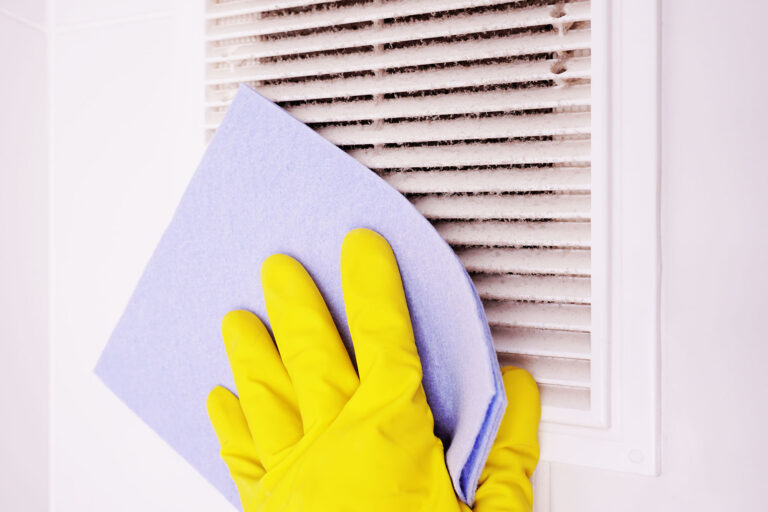
Mar 31, 2025
Why Air Duct Cleaning Matters for Your Home
-
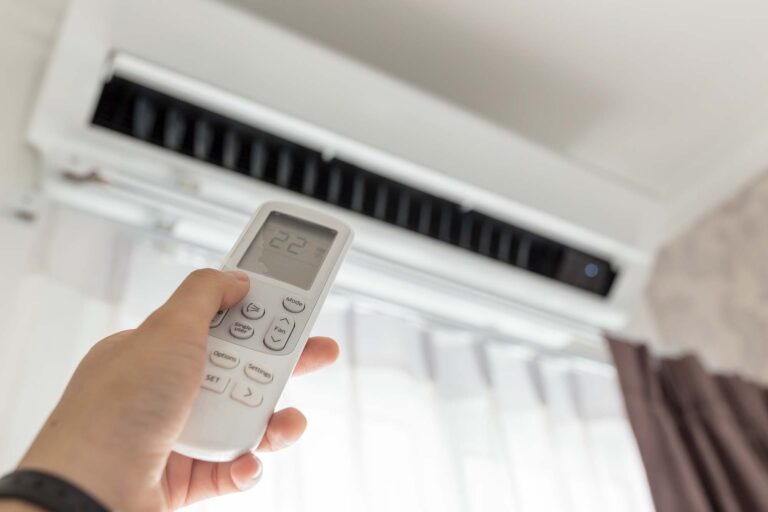
Mar 24, 2025
10 Reasons Air Conditioner Makes Noise When Off
-

Mar 17, 2025
How to Stop Bad Smell Coming from Your Air Conditioner
-
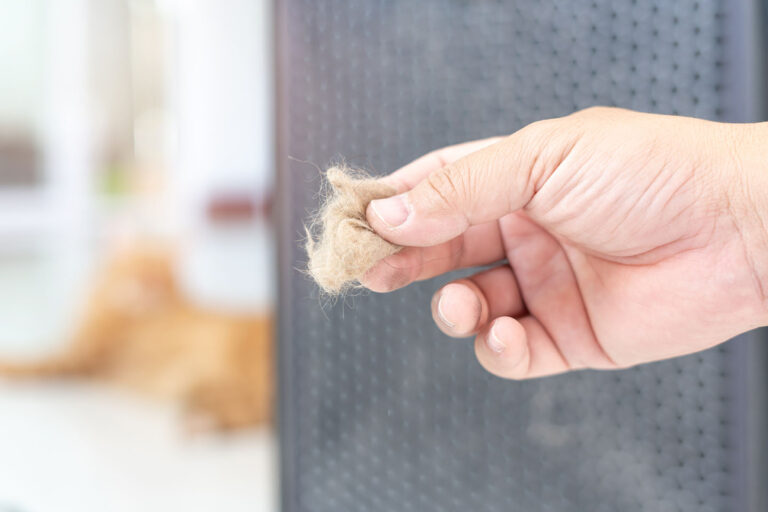
Mar 14, 2025
Pet Owner’s Guide to HVAC Maintenance: Tips for Healthy Indoor Air
-
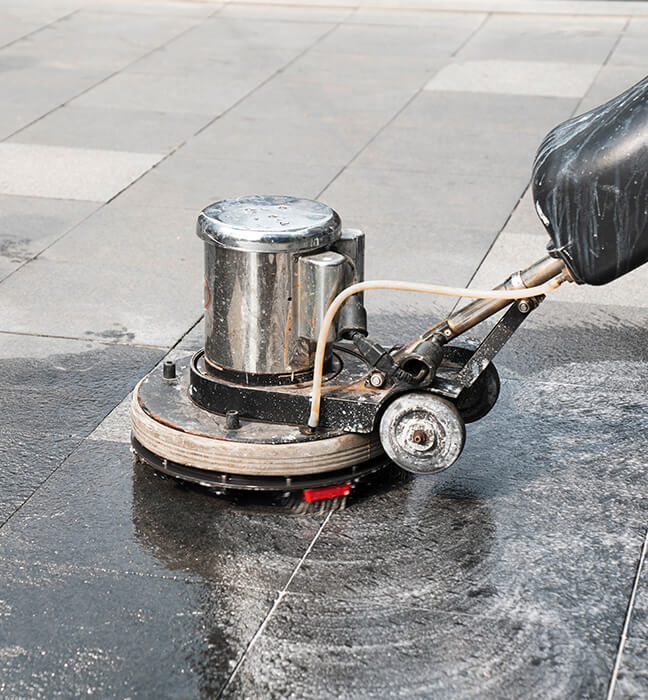
Mar 10, 2025
Benefits of Post-Construction House Cleaning Services in Dubai
-
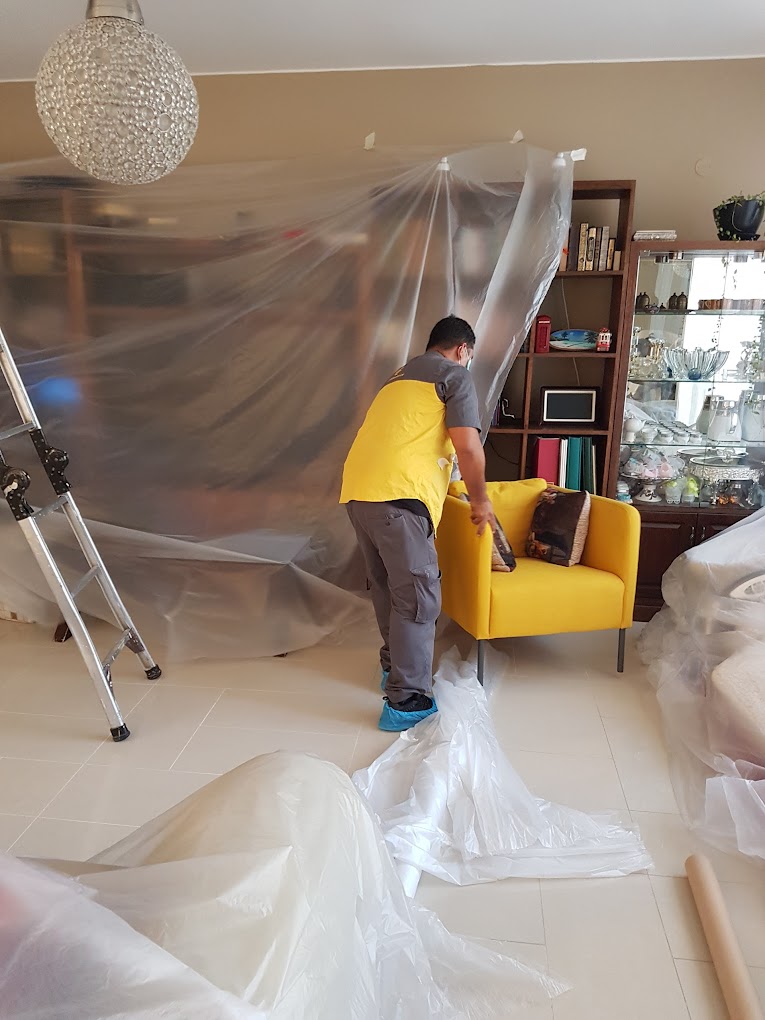
Feb 28, 2025
Benefits of Annual Maintenance Contract: Why AMC Is a Must-Have
-

Feb 20, 2025
AC Duct Cleaning Dubai: Prices, Tips, and Choosing the Right Company
-

Feb 6, 2025
Why AC Duct Cleaning Is Important, Especially in Dubai
-
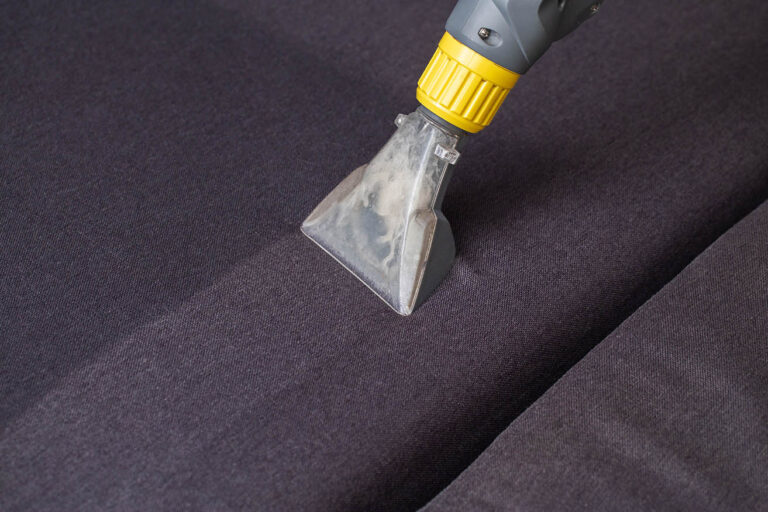
Jan 31, 2025
Cleaning Solutions for Pet Owners: Tips for Spotless & Fresh Homes
-
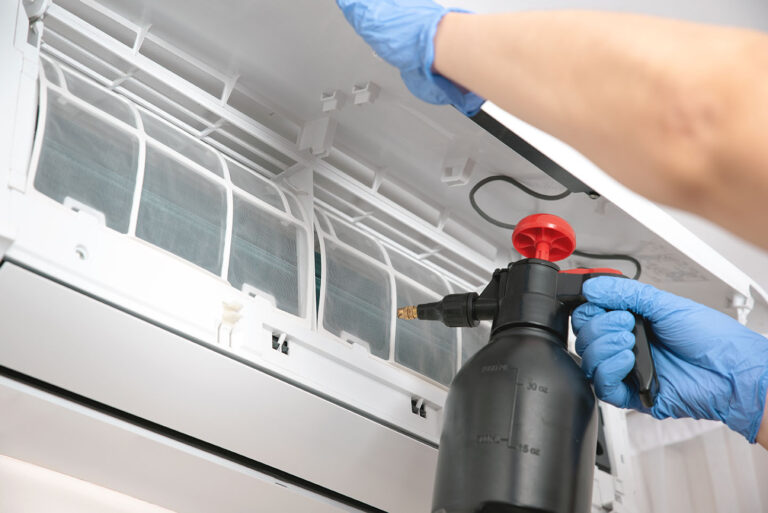
Jan 24, 2025
Is Your AC Leaking Water? Common Causes of AC Leaks and Solutions
-
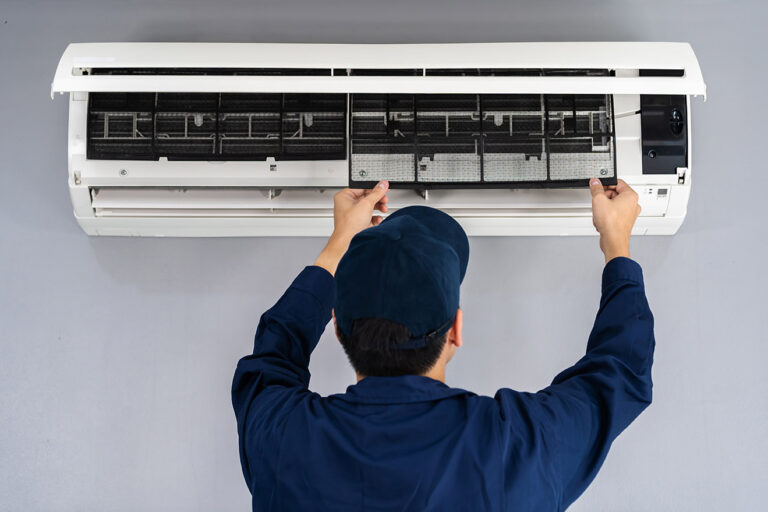
Jan 17, 2025
How Long Do Air Conditioners Last? The Role of Regular Maintenance
-
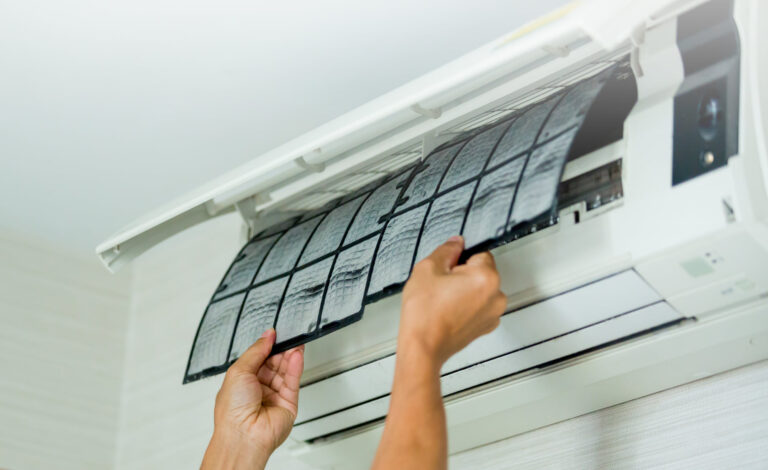
Jan 10, 2025
10 Reasons Your Air Conditioner Isn’t Cooling and How to Fix It
-

Dec 23, 2024
How to Deal with a Termite Infestation: Tips to Identify and Get Rid of Dust Mites
-

Dec 16, 2024
How to Get Rid of Cockroaches in Dubai: Tips for a Pest-Free Home
-
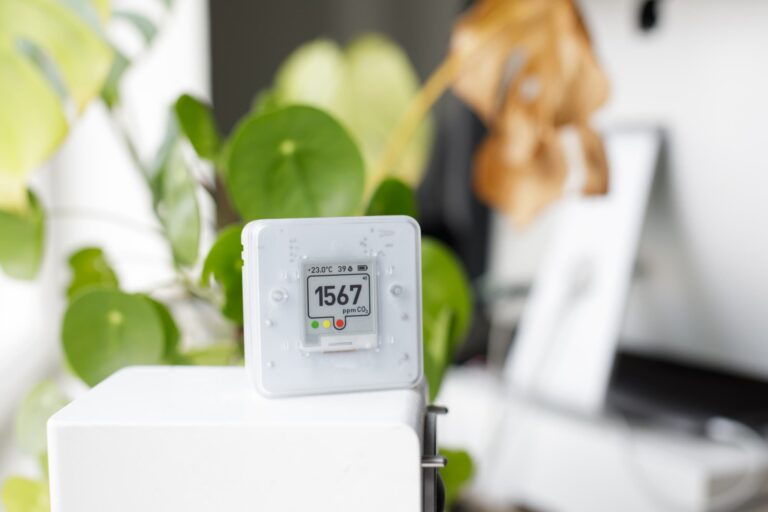
Dec 9, 2024
Breathe Clean: Your Guide to Indoor Air Quality Testing for a Healthier Living Space
-

Nov 15, 2024
10 Expert Tips on the Best Way to Clean a Couch in Dubai
-

Oct 16, 2024
What is Mold in AC?
-

Sep 13, 2024
Can the Air Conditioner Make You Sick? 7 Signs and What to Do
-
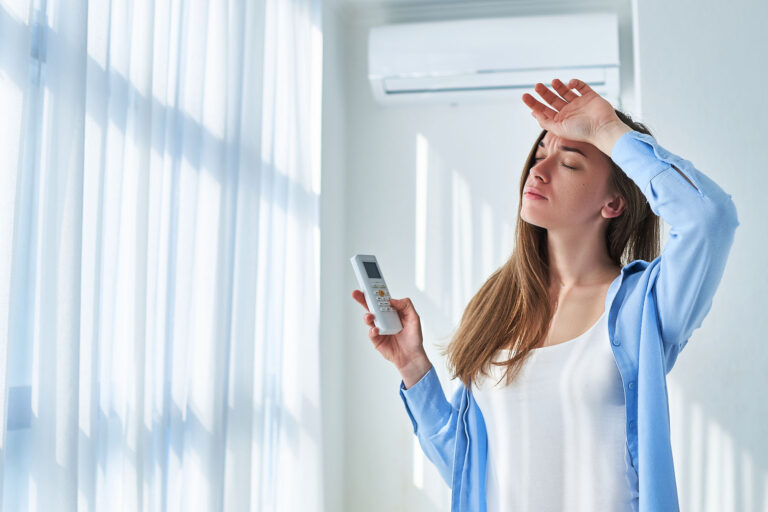
Aug 21, 2024
7 Reasons Why Your Air Conditioner Is Not Cooling Your Home
-
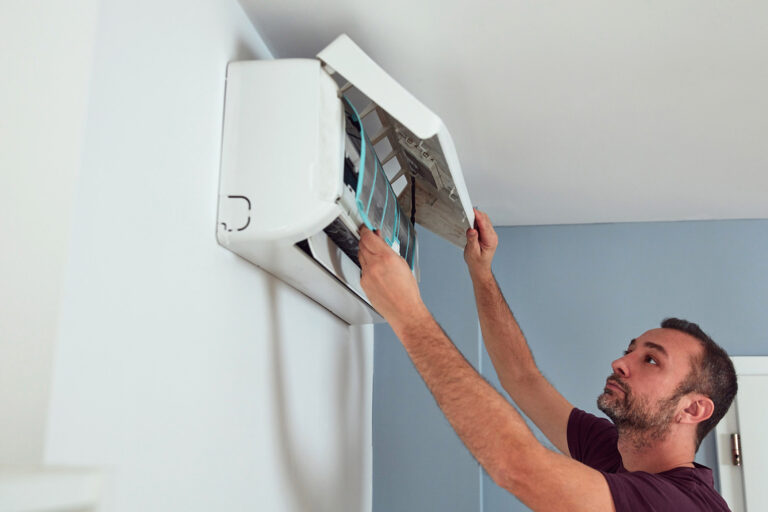
Aug 14, 2024
Why AC Duct Cleaning Is Important in Dubai
-

Jul 28, 2024
7 Essential AC Maintenance Tips You Should Follow
-

Jul 14, 2024
Is AC Duct Cleaning Necessary? 7 Reasons Why You Should Have Your Air Ducts Cleaned
-

Jun 21, 2024
Keep Your House Neat and Clean With These 10 Tips
-

Jun 14, 2024
Tips on How to Keep Your Mattress Clean
-
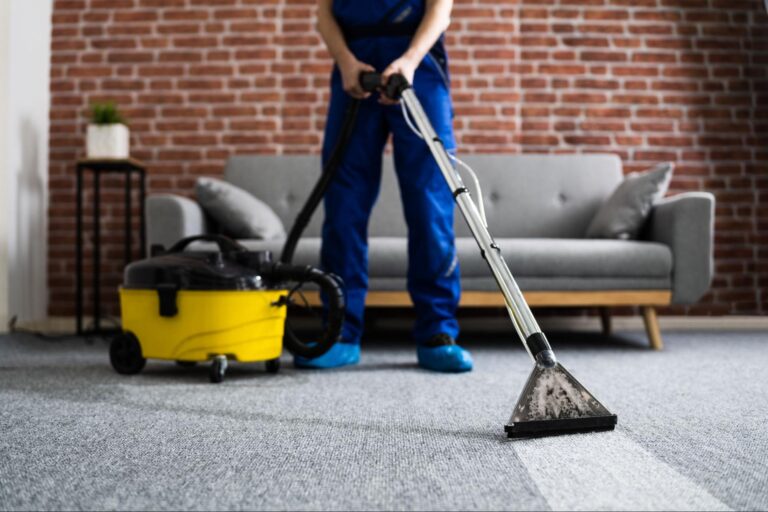
May 28, 2024
Here’s How to Clean Your Carpet at Home
-

May 14, 2024
How to Clean a Fabric Sofa: Here’s a Guide
-
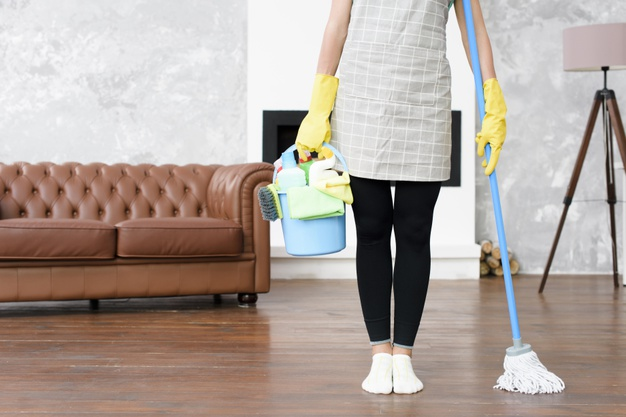
Apr 28, 2024
10 Cleaning Mistakes to Avoid for a Clean and Tidy Home
-
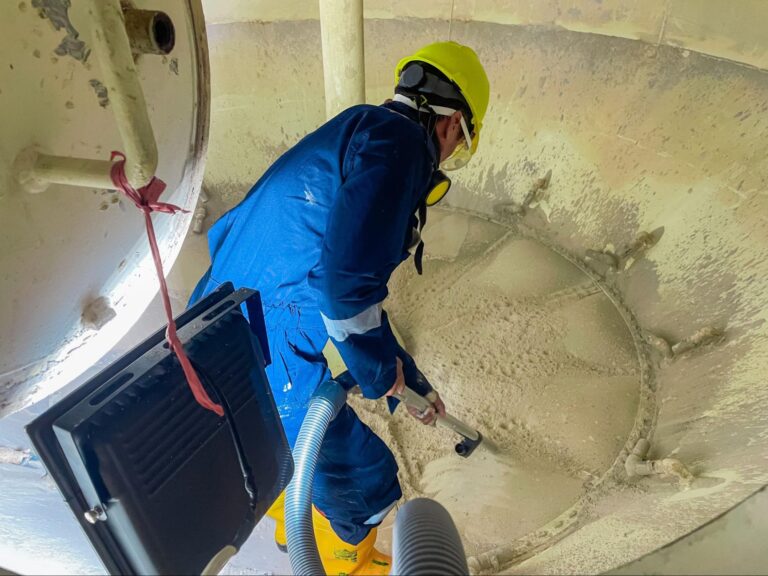
Apr 14, 2024
How to Clean a Water Tank: Water Tank Cleaning Checklist
-
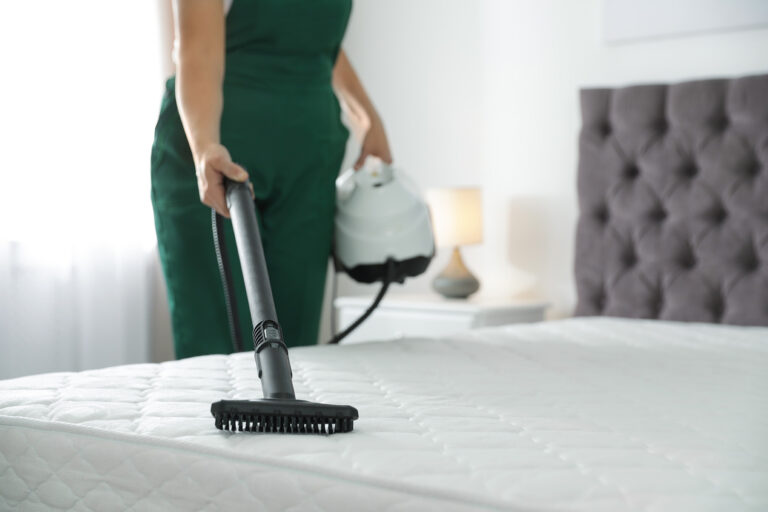
Mar 28, 2024
7 Reasons to Invest in Professional Mattress Cleaning
-
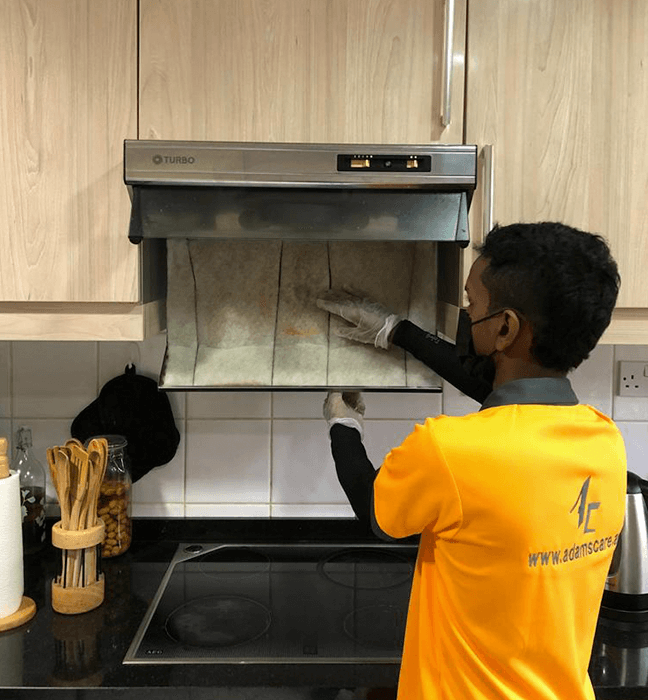
Mar 14, 2024
Why Regular Kitchen Exhaust Cleaning Is Important
-
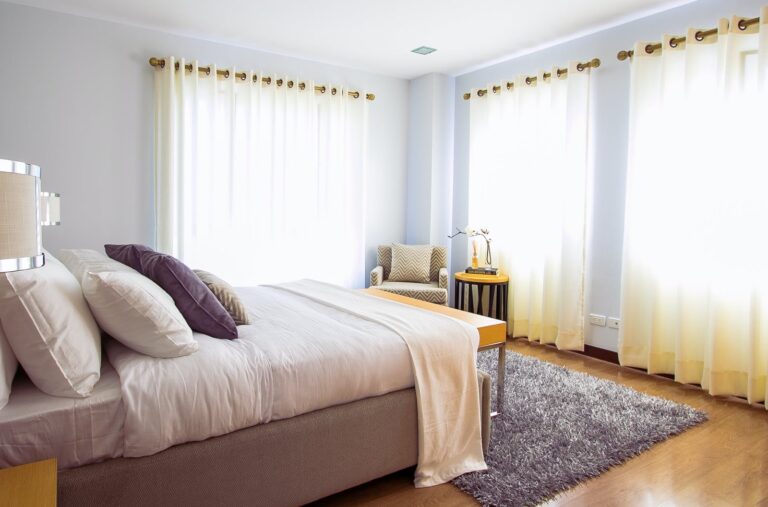
Feb 28, 2024
7 Tips on How to Clean Curtains While Hanging
-

Feb 14, 2024
Essential Home Cleaning Materials: Here’s a List of Materials You Need for Cleaning Your House
-
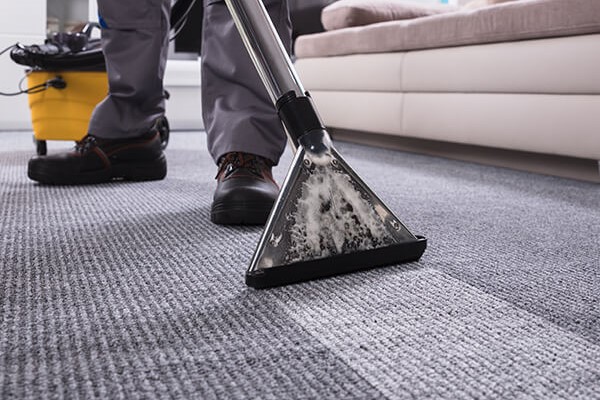
Jan 28, 2024
8 Reasons Why You Should Prioritise Professional Carpet Cleaning Services
-
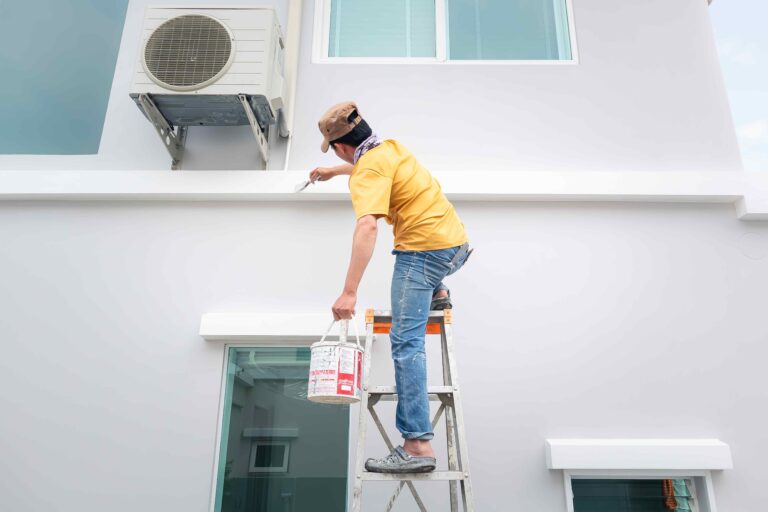
Jan 14, 2024
7 Benefits Gained From Professional Home Painting Services
-
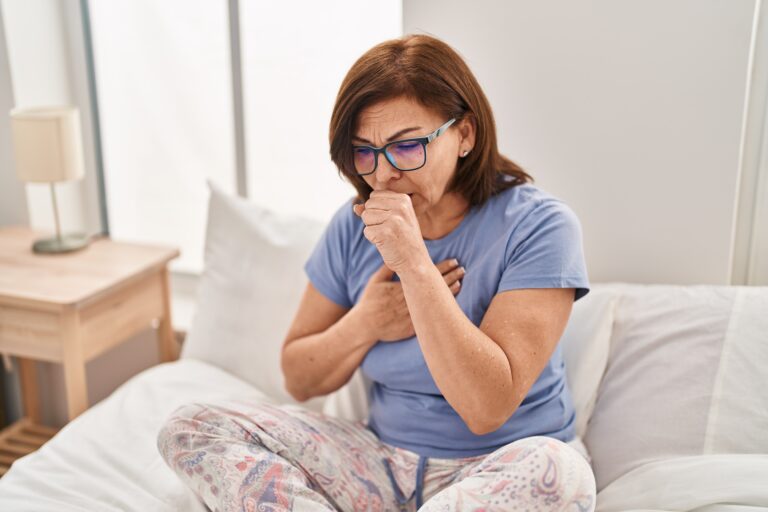
Dec 22, 2023
10 Signs of Poor Indoor Air Quality
-

Dec 8, 2023
8 Tips to Improve Indoor Air Quality
-

Aug 28, 2023
Common Handyman Tasks: A Comprehensive List of Services Offered
-

Aug 21, 2023
Energy Audits for UAE Homes: Identifying Opportunities for Efficiency
-
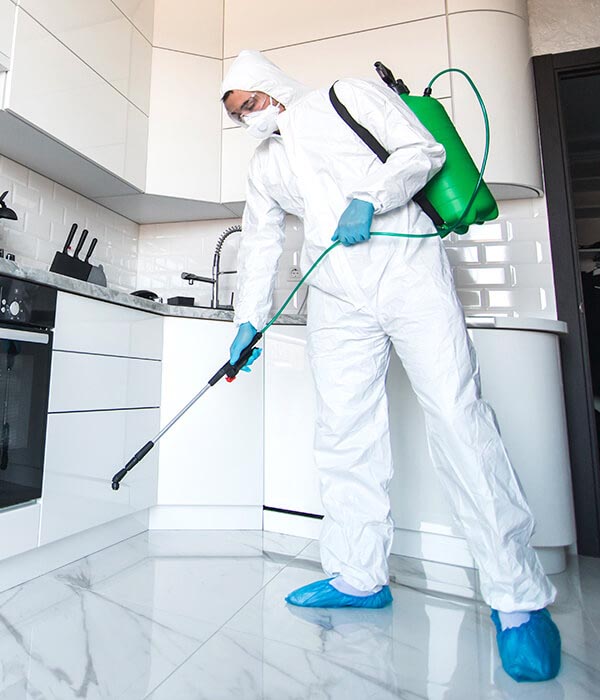
Aug 14, 2023
Sanitization Practices for Dubai’s Urban Living: Addressing High-Touch Surfaces
-
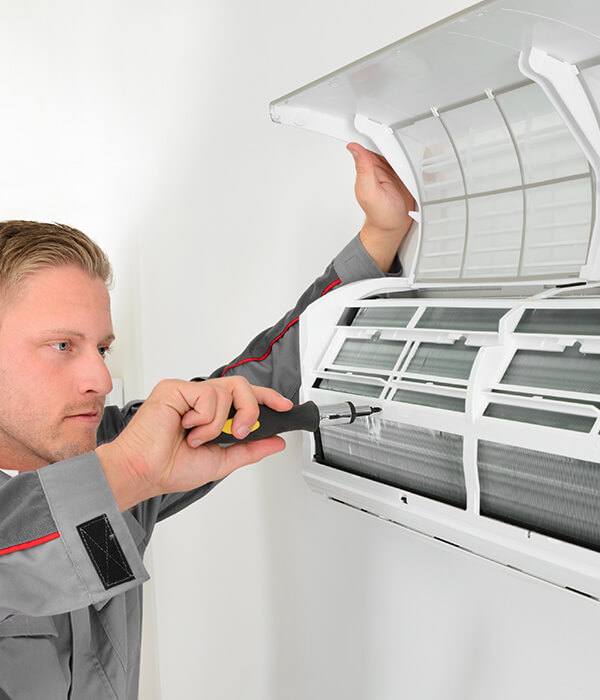
Aug 7, 2023
The Challenges of HVAC in Dubai: Dealing with Extreme Heat and Humidity
-
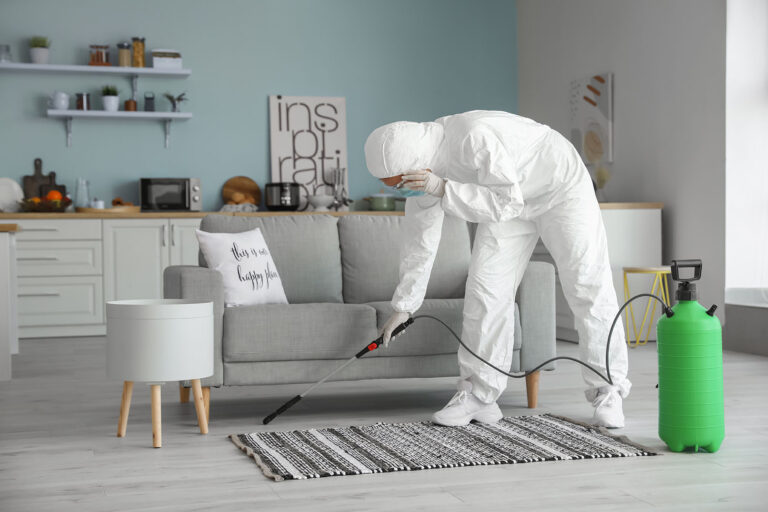
Jul 28, 2023
The Science of Sanitization: Understanding the Principles Behind Effective Home Cleaning
-
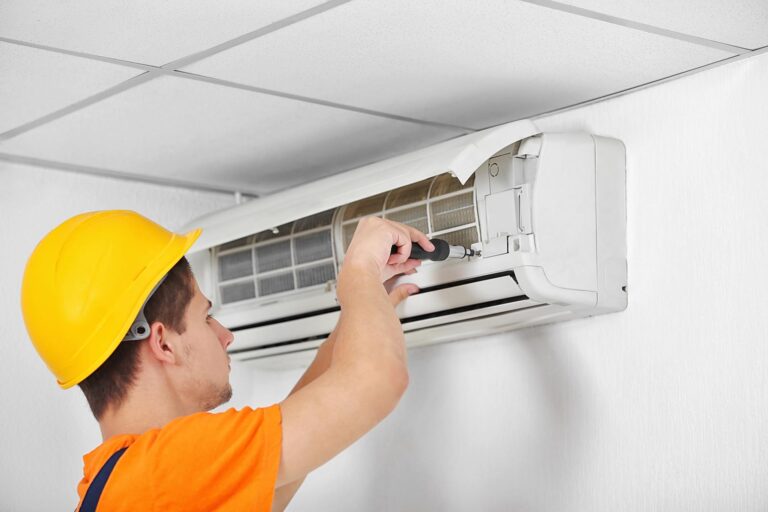
Jul 21, 2023
AC Cleaning and Energy Consumption: Examining the Relationship Between Cleanliness and Efficiency
-
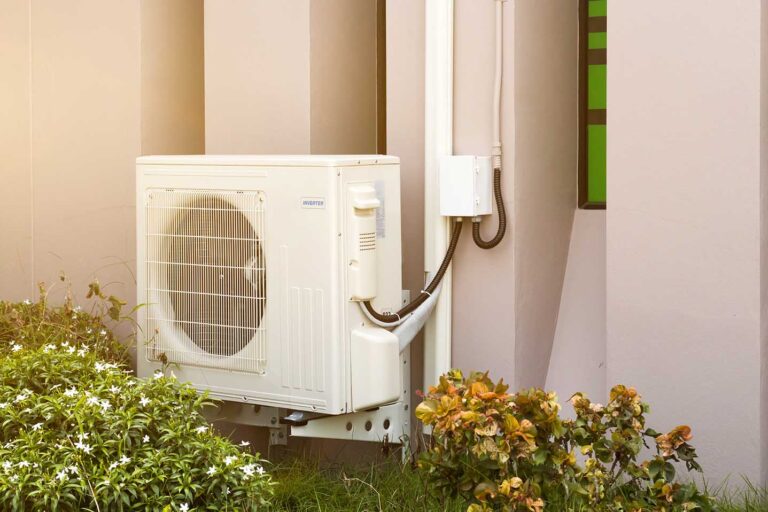
Jul 14, 2023
Maximizing Energy Efficiency in Your HVAC System During the Summer Heat
-
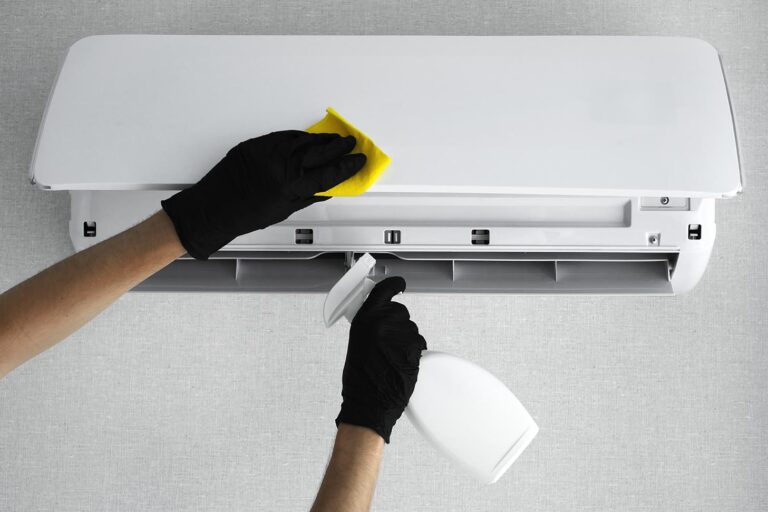
Jul 7, 2023
Mold and Mildew in AC Ducts: Understanding the Risks and Remediation Strategies
-
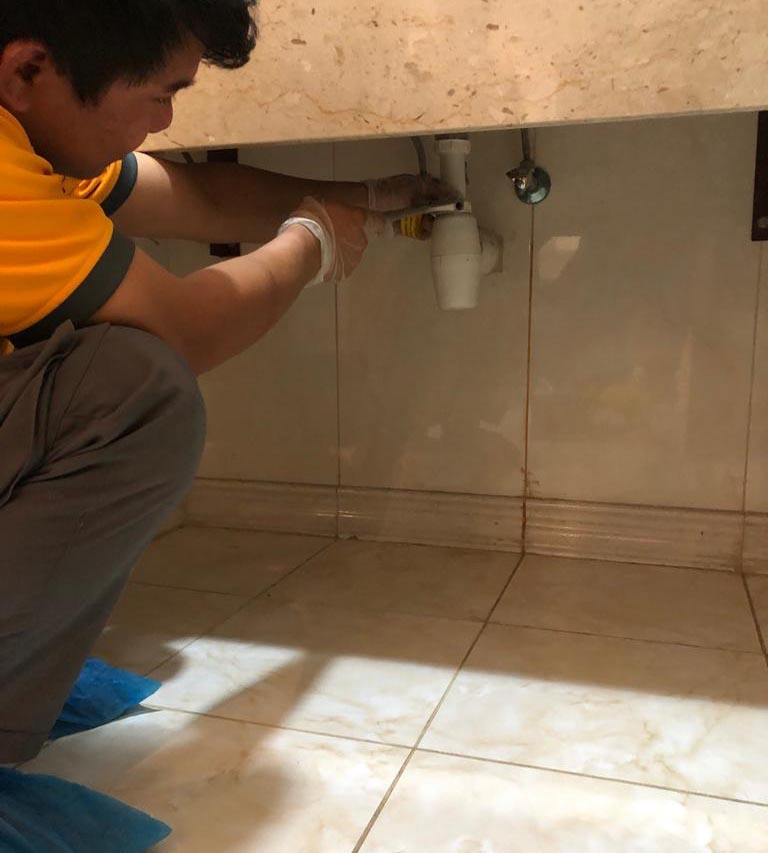
Jun 28, 2023
Signs And Symptoms That May Indicate The Presence Of A Water Leak
-
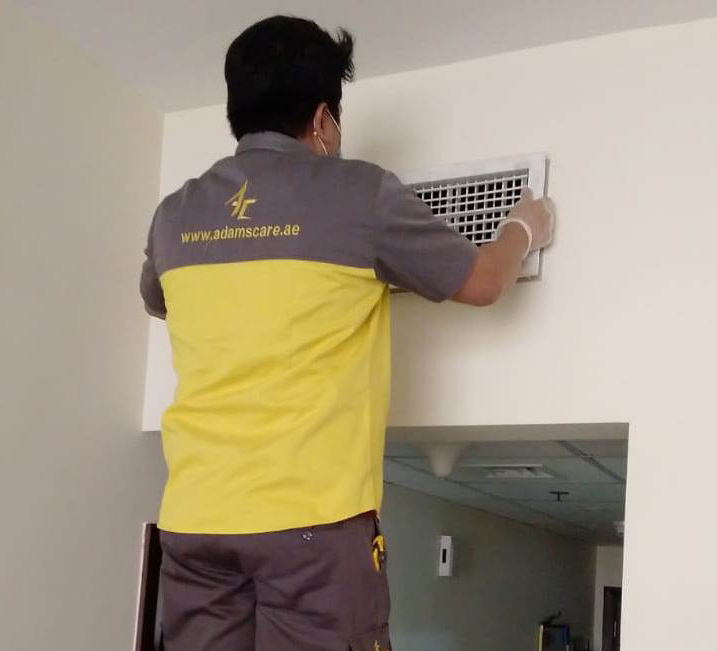
Jun 21, 2023
Types Of Contaminants That Can Be Found In AC Ducts
-
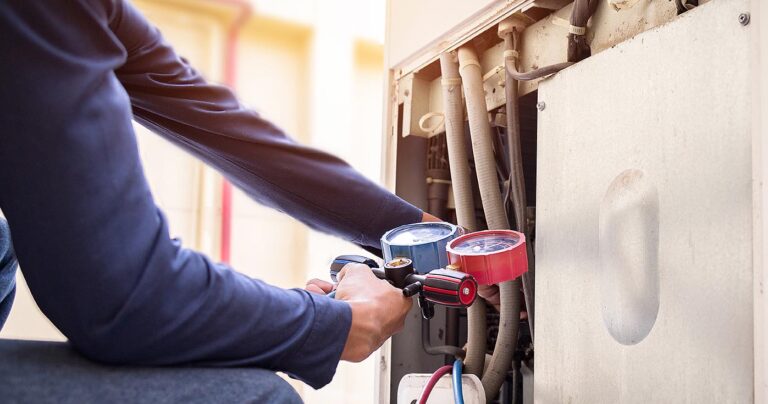
Jun 14, 2023
Indoor Air Quality (IAQ): Exploring The Impact Of HVAC Systems On Indoor Air Quality
-
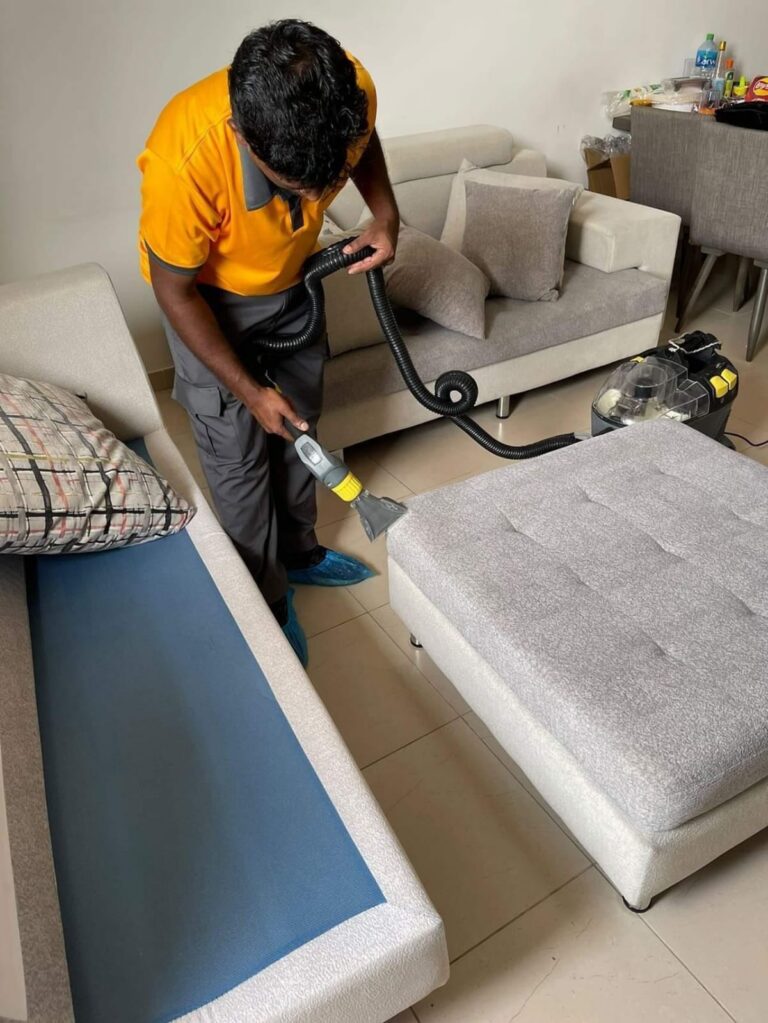
Jun 7, 2023
Principles Of Effective Cleaning And Disinfection
-

May 28, 2023
Upgrading Your Electrical System: What Do You Get?
-

May 21, 2023
Quick Guide to HVAC Emergencies: Keeping Your Home Comfortable and Safe
-
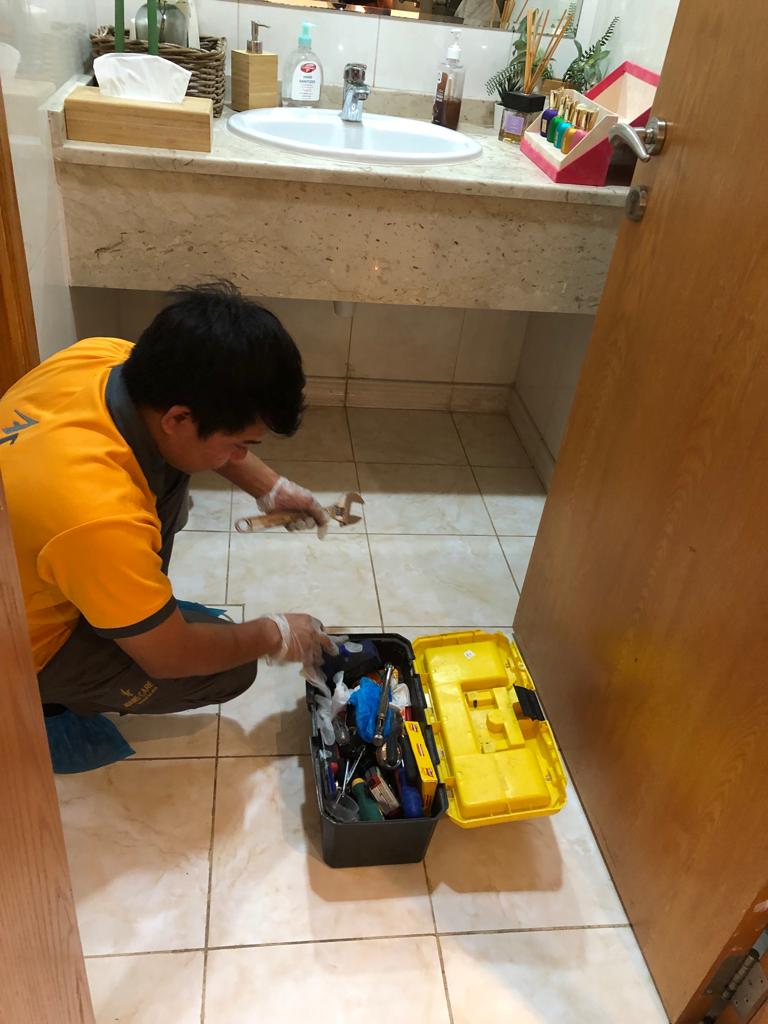
May 14, 2023
Plumbing Emergencies: How to Respond Quickly and Effectively
-

May 7, 2023
Protecting Your Home from Pests: Tips and Strategies for Effective Pest Control
-

Apr 28, 2023
Maximizing the Longevity of Your Property: The Need For Regular Mold Inspection
-

Apr 21, 2023
Protecting Your Health and Well-being: The Benefits of Comprehensive Sanitization Services
-

Apr 14, 2023
Maximizing the Performance of Your HVAC System: The Benefits of Expert AC Duct Cleaning
-
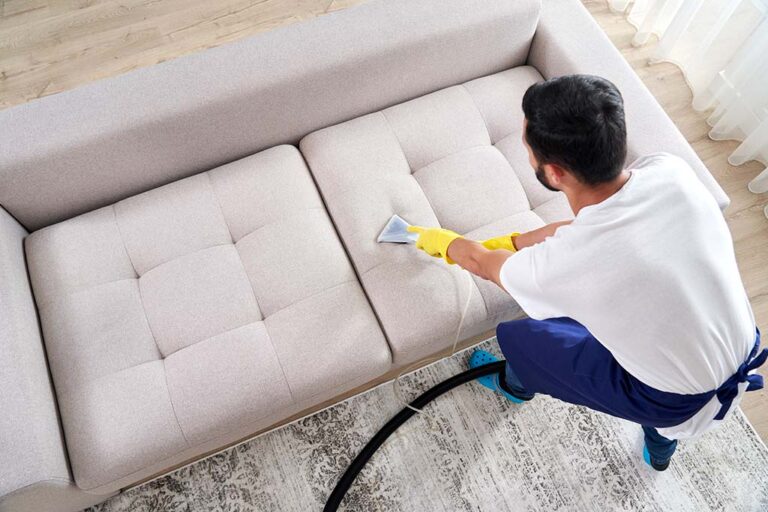
Apr 7, 2023
Protect Your Investment: The Benefits of Regular Sofa Cleaning for Your Furniture
-

Mar 28, 2023
Summer Cleaning Checklist
-
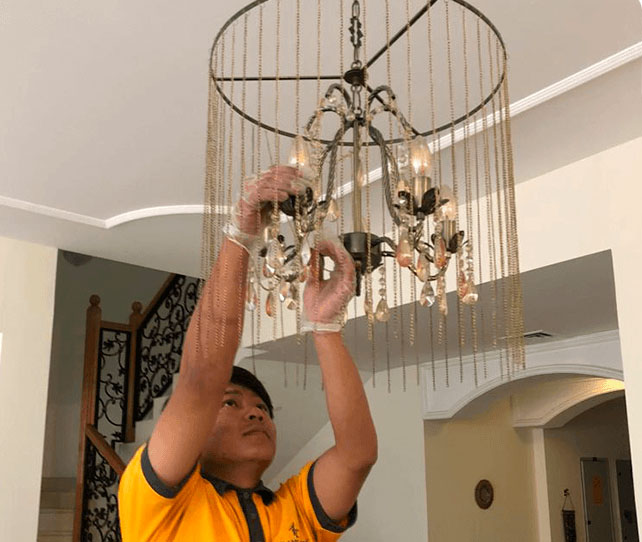
Mar 21, 2023
How To Clean Your House If You Have Allergies
-

Mar 14, 2023
How To Keep Your Hardwood Flooring Clean In 3 Steps!
-
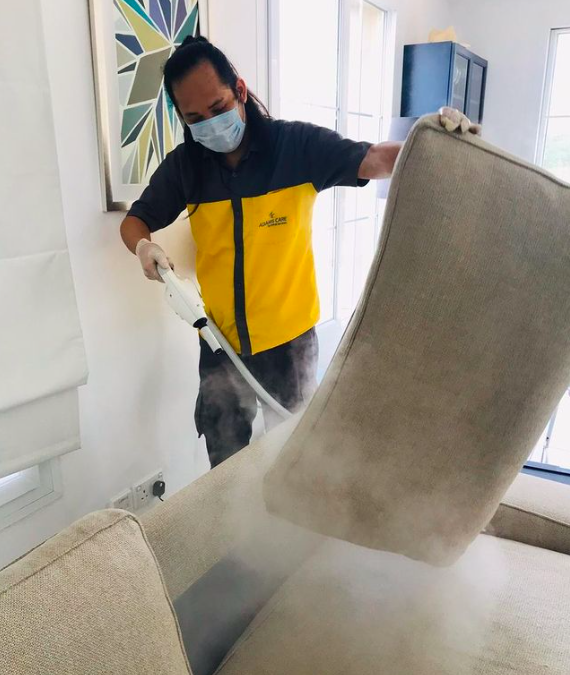
Mar 7, 2023
Safeguard Your Home By Cleaning and Sanitizing Your Furniture
-

Feb 21, 2023
Sofa Cleaning Mistakes You Need To Avoid
-
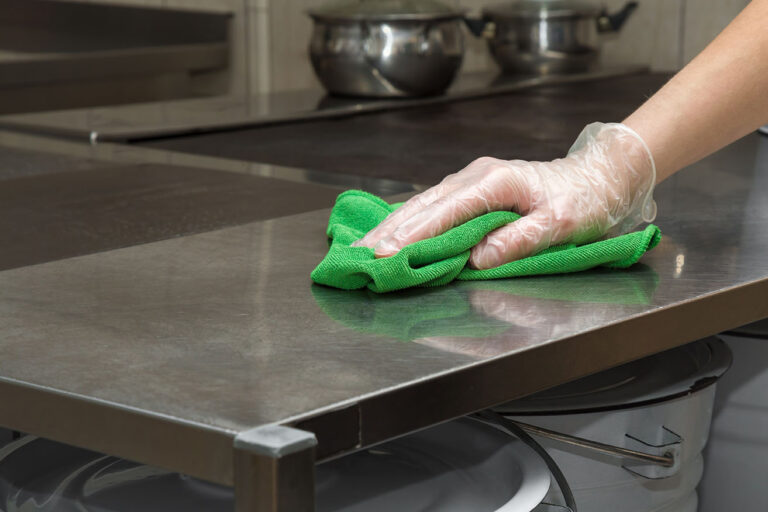
Feb 14, 2023
How Regular Maintenance Can Improve Your Property Value
-

Feb 7, 2023
Why You Should Never Try Electrical Repairs By Yourself
-
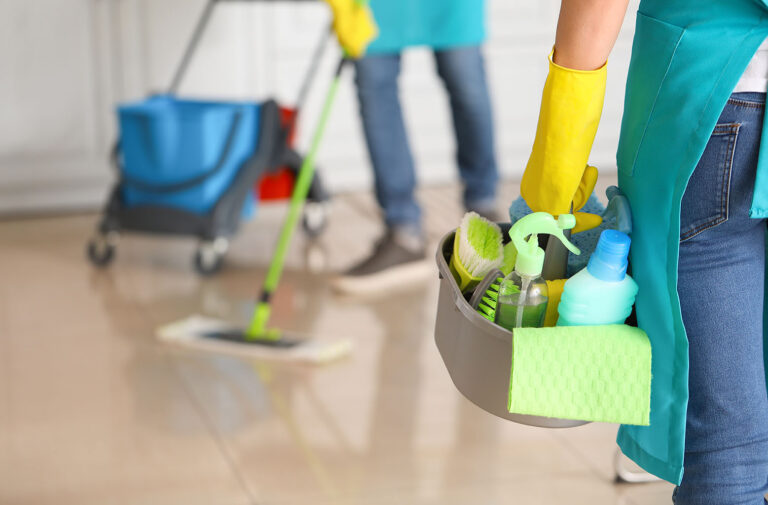
Jan 28, 2023
Why Hiring Post-Construction Cleaners Is A Must
-

Jan 21, 2023
Basics About Mold And Dampness In Your House
-

Jan 14, 2023
Deep Cleaning Upholstery: Is It Worth It?
-

Jan 7, 2023
Spring Cleaning 2023: Things To Keep In Mind
-
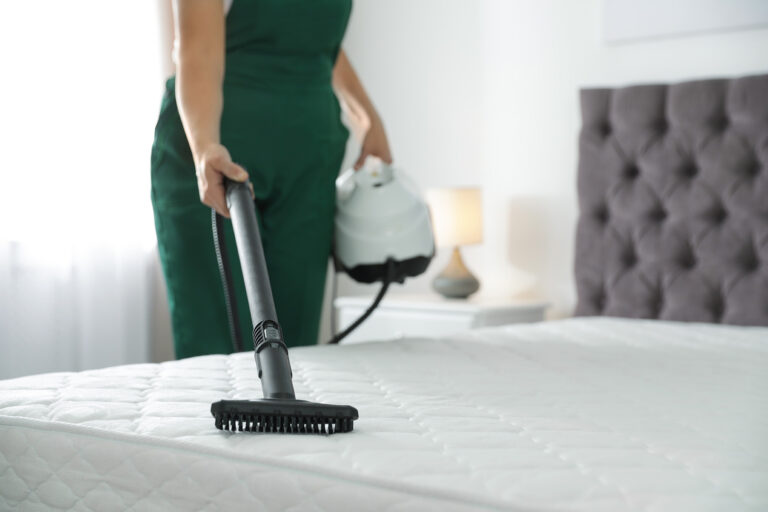
Dec 28, 2022
What To Consider Before Booking A Professional Mattress Cleaning Service
-

Dec 21, 2022
Signs Your AC Needs Replacement
-

Dec 21, 2022
Signs You Need Furniture Cleaning and Home Sanitization
-

Dec 14, 2022
Implications Of Skipping Professional AC Cleaning & Sanitization
-

Dec 7, 2022
Why Should You Consider Getting A Pest Control Contract?
-

Nov 28, 2022
Spots Where You Shouldn’t Install Your AC
-
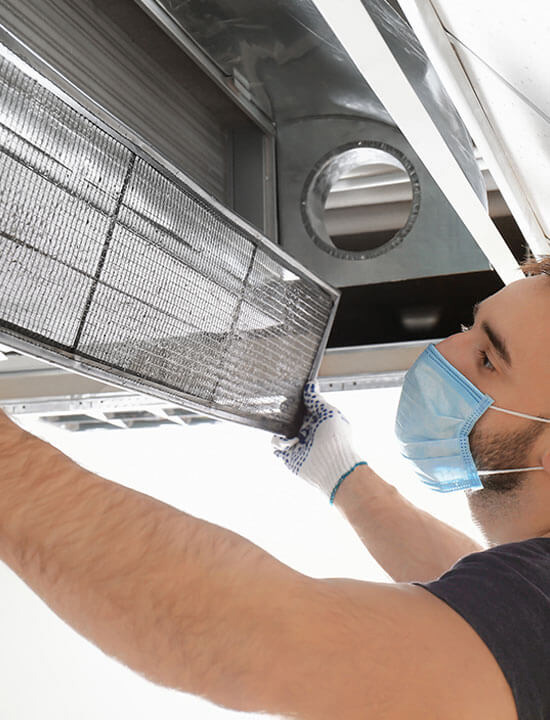
Nov 14, 2022
Preparing Your AC For Winter
-
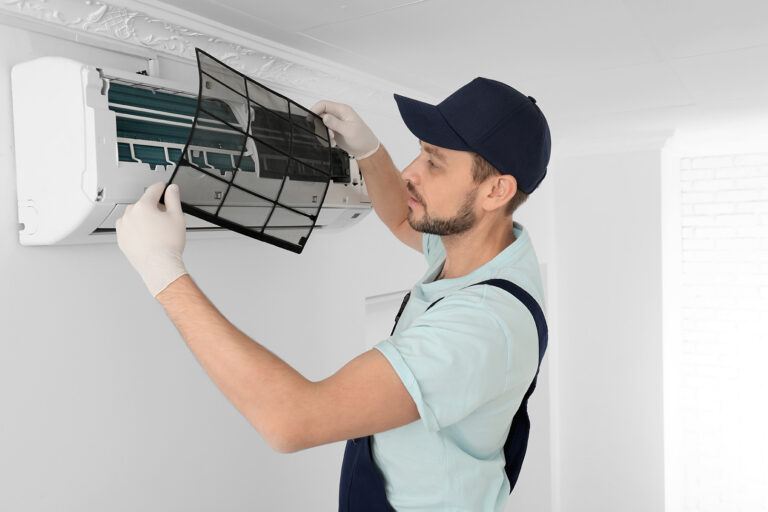
Nov 7, 2022
Should You Repair or Replace Your AC Unit?
-

Oct 28, 2022
AC Mistakes That Are Costing You Money
-

Oct 21, 2022
Why Home Sanitization Should Still Be A Priority Even After The Pandemic
-

Oct 14, 2022
Things You Should Clean Before Winter
-

Oct 7, 2022
What you Can Expect From Annual Maintenance Contracts
-
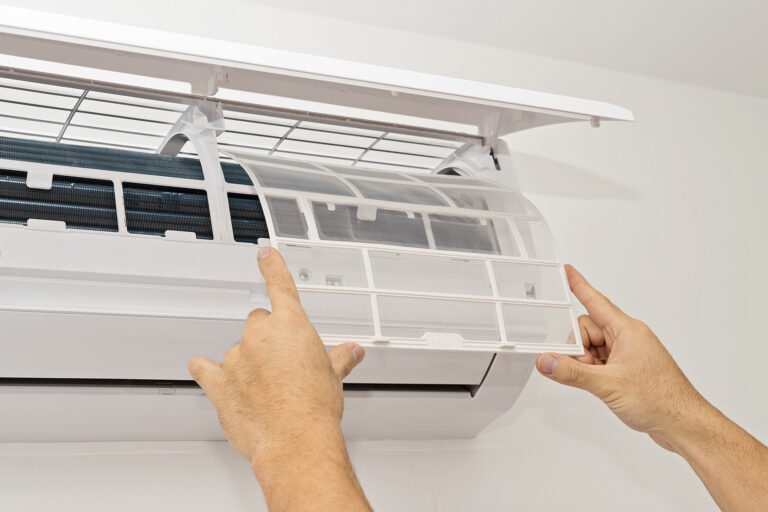
Sep 28, 2022
Things That Degrade Indoor Air Quality
-

Sep 21, 2022
Tips For Preparing Your Air Conditioning Unit This Fall
-
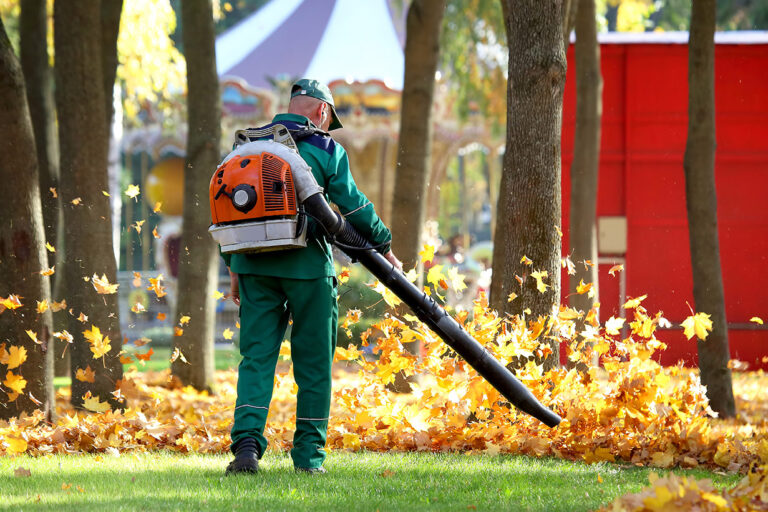
Sep 7, 2022
Why Your Yard Needs A Seasonal Fall Cleanup
-
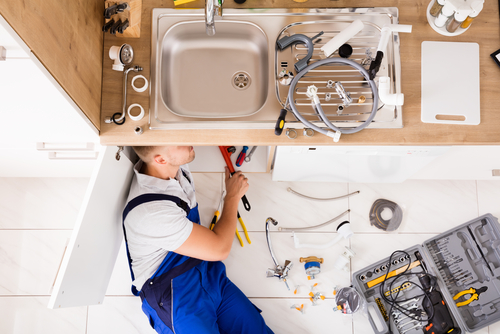
Aug 28, 2022
Benefits of An Annual Maintenance Contract
-
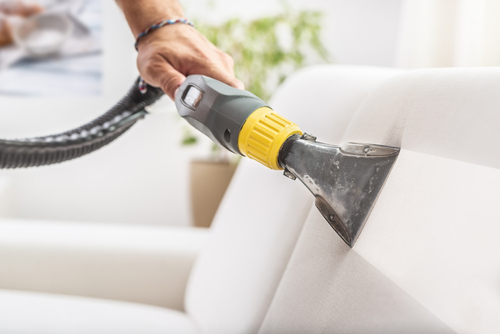
Aug 21, 2022
How Often Should You Deep Clean Your Furniture?
-
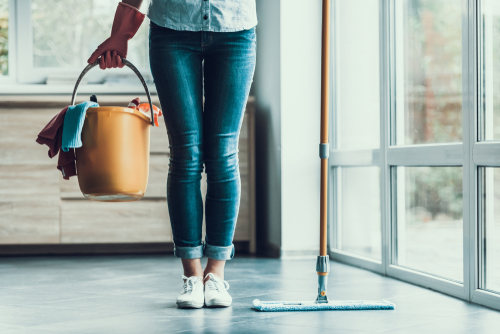
Aug 14, 2022
The Right Way To Disinfect Your Home
-

Aug 7, 2022
Why Indoor Air Quality Is Important
-
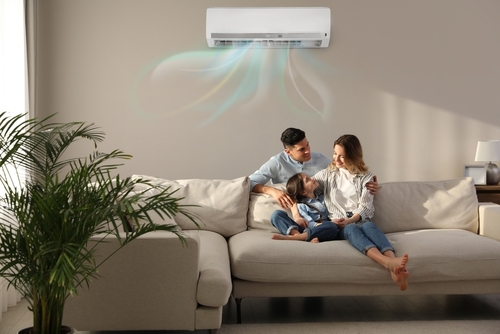
Jul 28, 2022
Ways To Improve Air Conditioning Efficiency
-

Jul 21, 2022
5 Benefits Of A Good Ventilation System
-
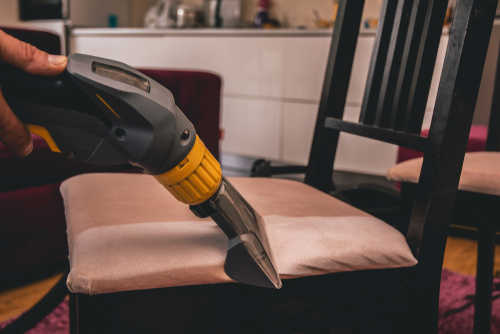
Jul 14, 2022
The Difference Between Deep And Regular Cleaning
-
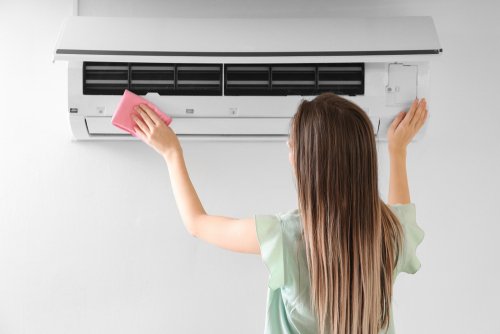
Jul 7, 2022
The Unknown Consequences Of A Dirty Air Conditioner
-

Jun 28, 2022
Would Self-Painting Cut it? Benefits Of Hiring A Professional.
-
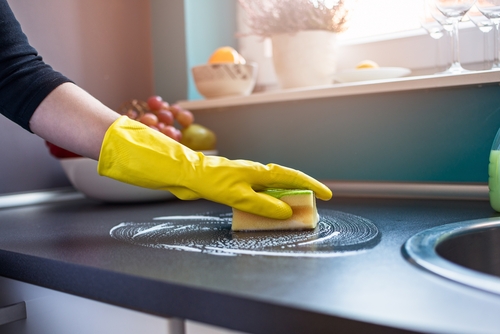
Jun 21, 2022
How Often Should You Deep Clean Your Home?
-
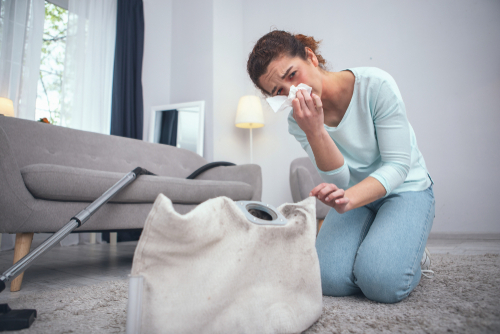
Jun 14, 2022
What Is Household Dust Made Of And Why They Can Be Bad For You
-

Jun 7, 2022
Deep Cleaning Checklist Before The Baby Arrives
-

May 28, 2022
Why You Should Leave Plumbing Issues To The Pros
-

May 21, 2022
Why HVAC Maintenance Is A Good Investment
-
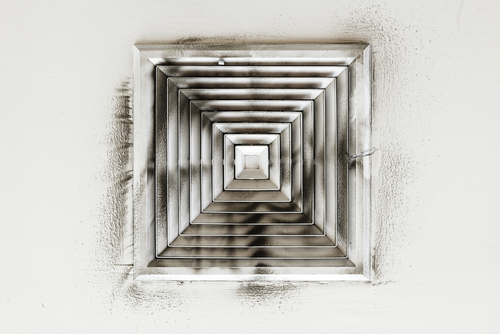
May 14, 2022
Role Of Unclean Air Ducts in Triggering Allergies
-

May 7, 2022
Why Sanitizing Your Homes Should Be A Priority
-
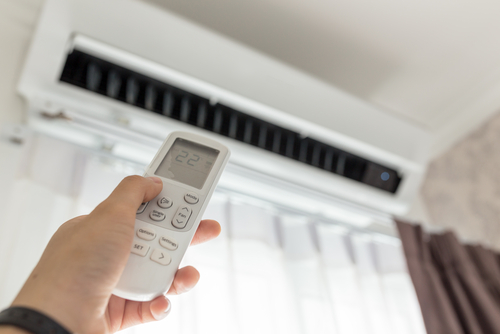
Apr 21, 2022
How To Take Care Of Your AC During Dubai’s Hottest Months
-
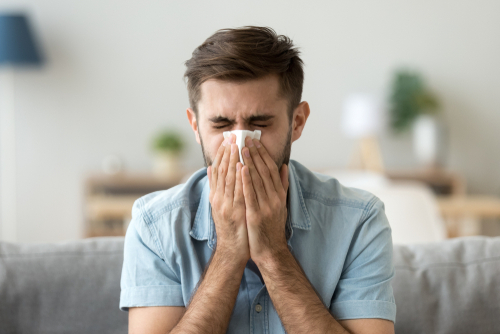
Apr 14, 2022
How Dust Affects Those With Overactive Immune System?
-

Apr 7, 2022
Here’s Why You Should Regularly Get Your ACs Serviced
-

Mar 28, 2022
How To Avoid Mold Build-Up In Your Home
-
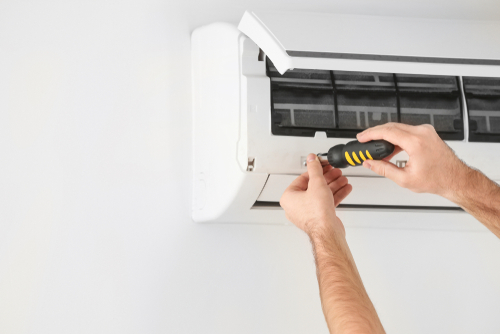
Mar 21, 2022
Why Timely AC Maintenance Also Saves Your Money
-

Mar 14, 2022
The Importance of Regular Home Deep Cleanings
-

Mar 7, 2022
7 Reasons Why AC Units Breakdown In The Summer
-
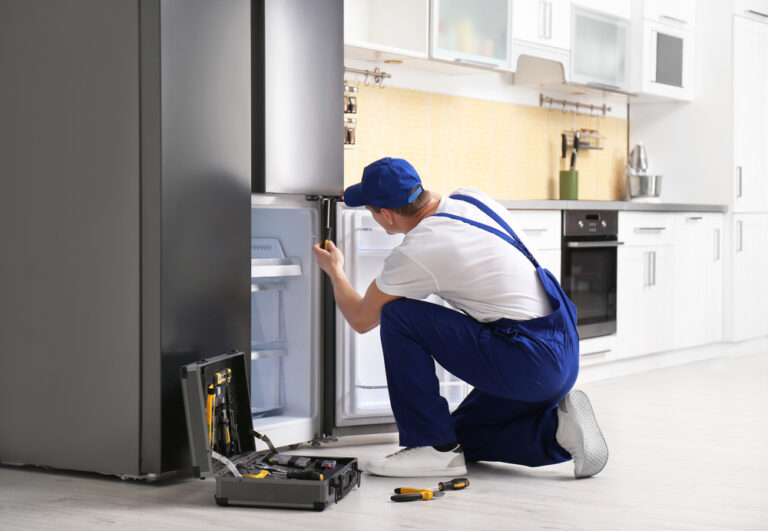
Feb 28, 2022
5 Reasons An Annual Maintenance Contract Is Worth The Expense
-
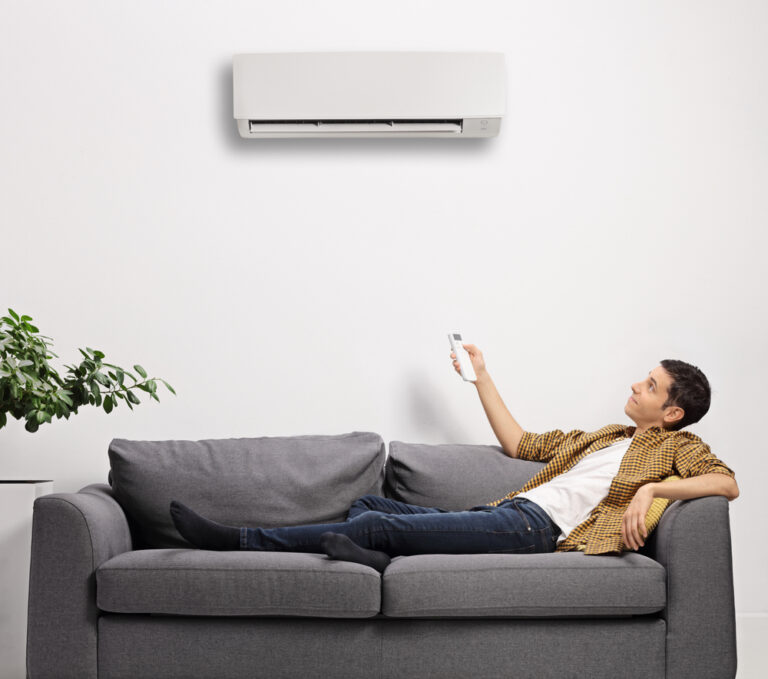
Feb 21, 2022
Exploring How The Pandemic Made Clean Air More Essential Than Ever
-
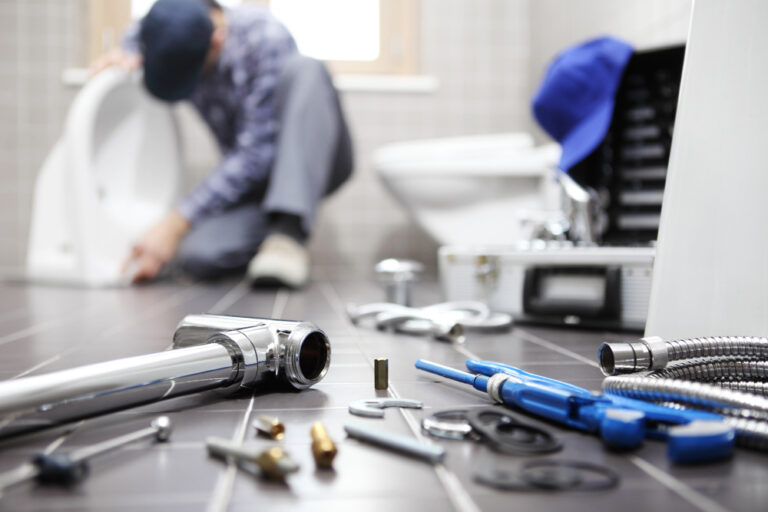
Feb 14, 2022
What You Need To Know About Annual Maintenance Contracts
-
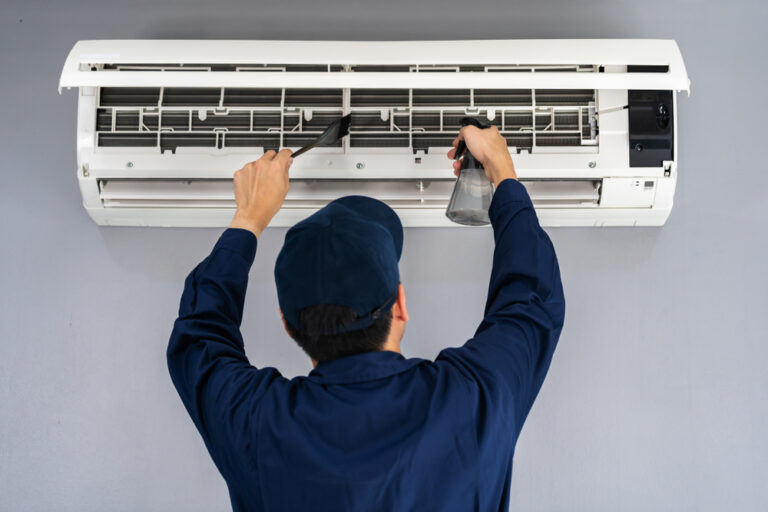
Feb 7, 2022
Is Your Air-Conditioning Making You Sick? Here’s How To Avoid It
-

Jan 28, 2022
Here’s Why You Should Disinfect Your Home When You Move Into A New House
-

Jan 21, 2022
Reduce Your Electric Bills With These 5 Maintenance Practices
-

Jan 14, 2022
Common Air Pollutants In Your Home That’s Causing You Harm
-

Jan 7, 2022
Relocation Checklist: Do These 5 Things Before You Move In
-
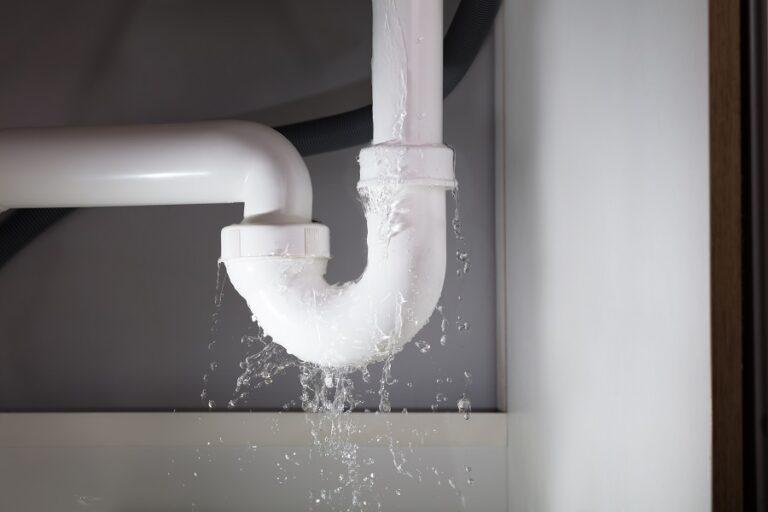
Dec 28, 2021
What To Do In A Plumbing Emergency? Quick Tips For New Homeowners
-

Dec 21, 2021
Why You Should Clean Your A/C Before Moving In
-

Dec 14, 2021
How To Keep Your AC’s Clean And Why It Is Important
-

Dec 7, 2021
Our Recommendations: The Top Sustainable Cleaning Products You Should Be Using
-
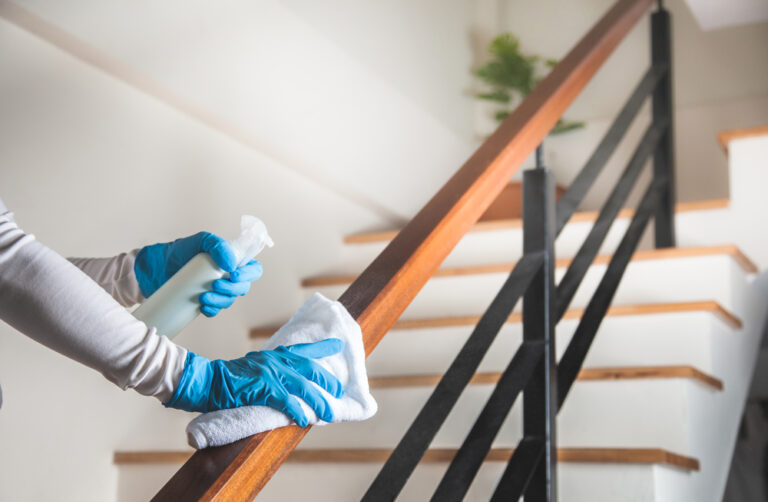
Nov 22, 2021
Essential Tips For Sanitizing Your Business During the Pandemic
-
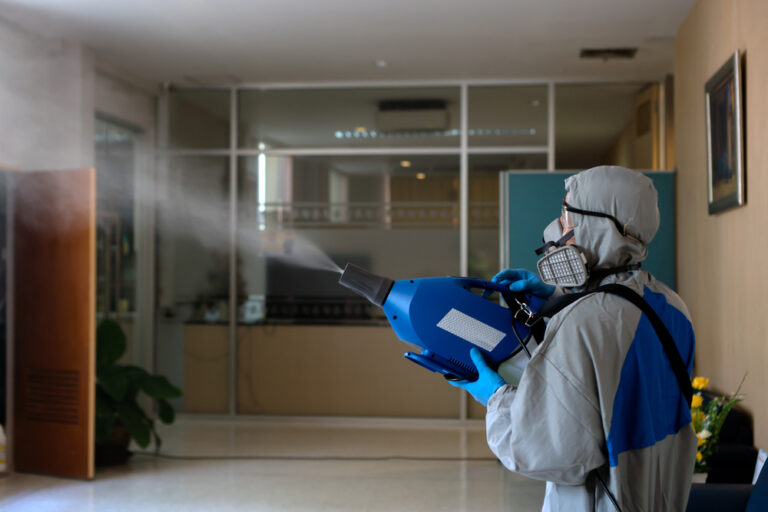
Nov 15, 2021
Basics Of Cleaning: Exploring The Difference Between Disinfection And Sterilization
-
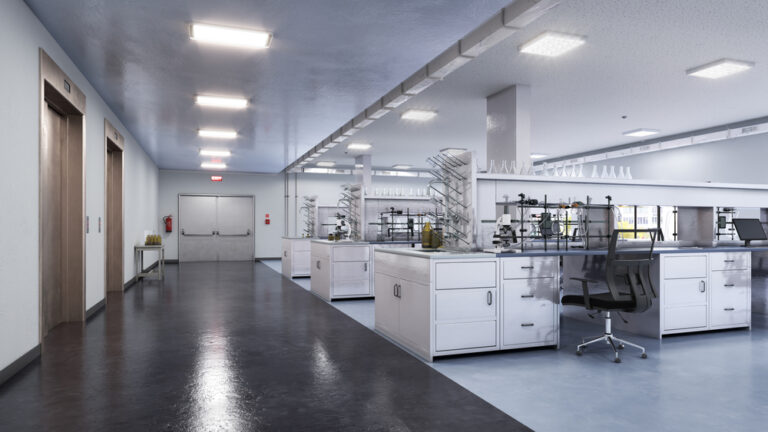
Nov 1, 2021
Going Green: Most Effective Strategies For Sustainable Cleaning In Offices
-
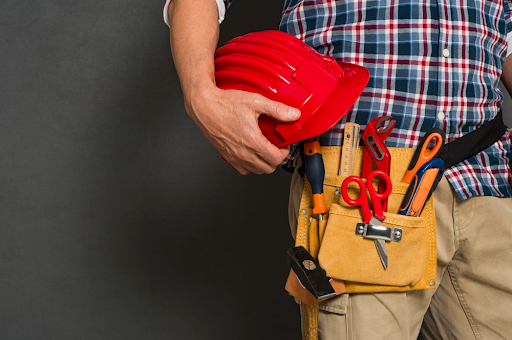
Oct 22, 2021
Annual Maintenance & Cleaning: 4 Steps To Ensure Your Home Is In Optimal Condition
-
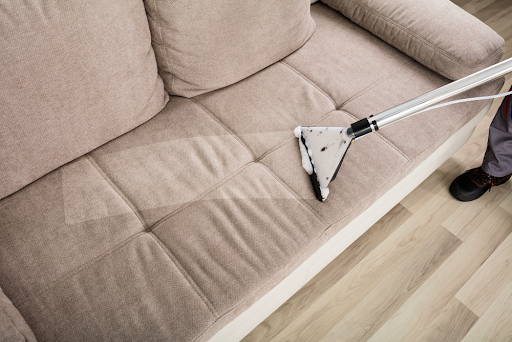
Oct 15, 2021
Boosting Value: The Ultimate Guide To Maintaining Your Home Furniture
-
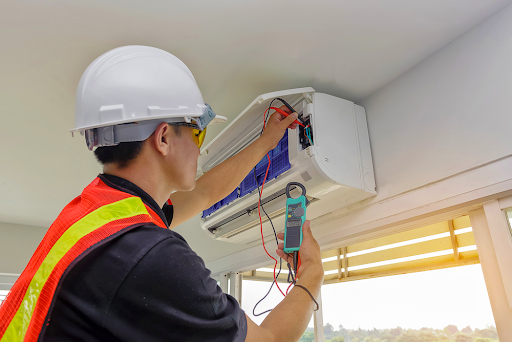
Oct 8, 2021
Why Annual Maintenance Of HVAC Unit Is Essential For Your Family’s Safety
-

Oct 1, 2021
Ensuring Safety: How Can HVAC Cleaning Help Against Indoor Pollution
-
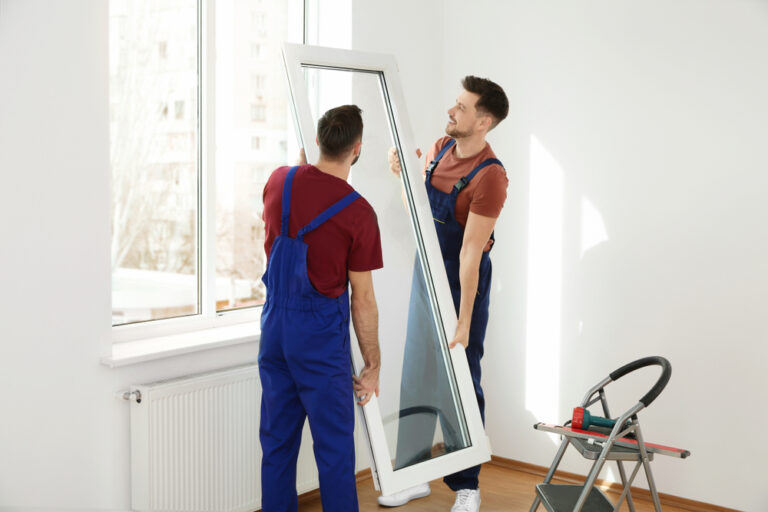
Sep 22, 2021
The Ultimate Home Maintenance Checklist For New Homeowners
-

Sep 8, 2021
Crucial Steps To Ensure Your Air Conditioning System Operates Smoothly
-
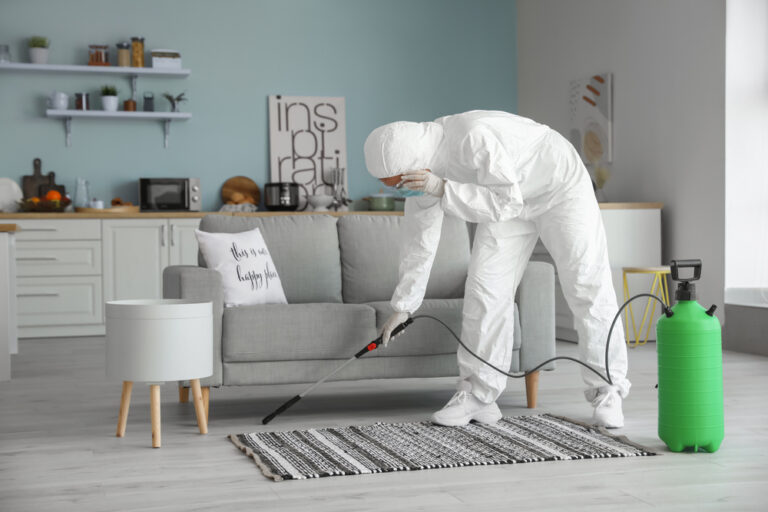
Sep 1, 2021
The Dos And Don’ts Of Sanitization To Make Your Home Safe For Loved Ones
-

Aug 22, 2021
Always Cool: How To Make Your AC System Function Well Through The Year
-

Aug 15, 2021
Quick Sanitization Tips To Keep Your Home Safe At All Times
-

Aug 8, 2021
Technical Maintenance Guide in Choosing the Best Maintenance Package For Your Home
-
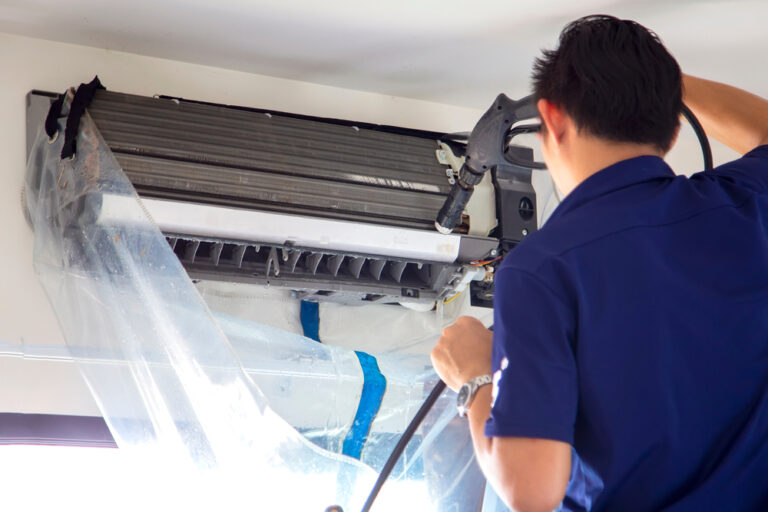
Aug 1, 2021
Healthier Celebrations: Avail a Professional Air Duct and Deep Clean Service
-
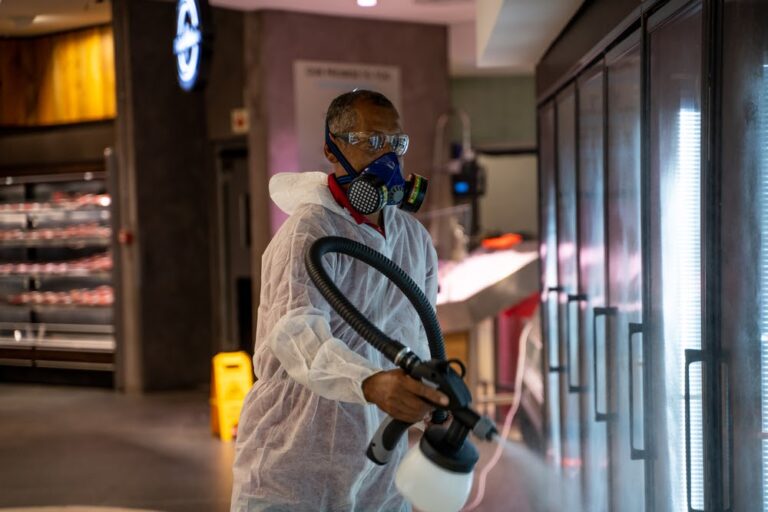
Jul 22, 2021
Expert’s Advice: How Often Does Your Retail Store Need To Be Sanitized?
-
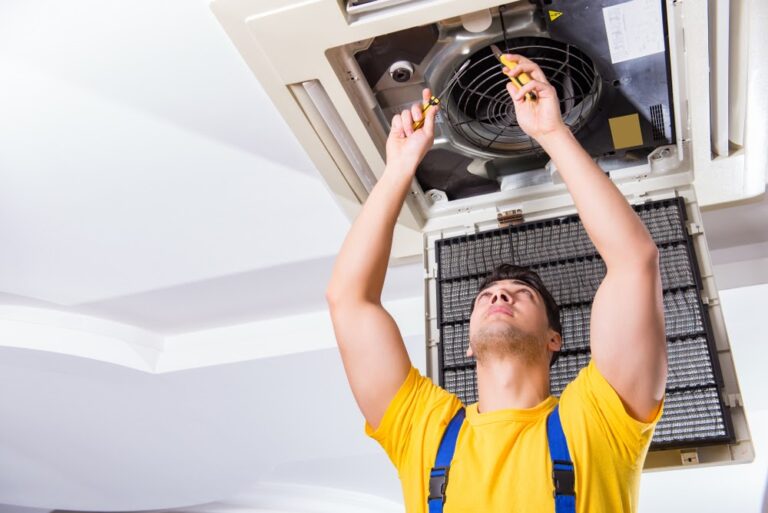
Jul 15, 2021
Beat The Intense Heat With Continuous Preventive Maintenance
-
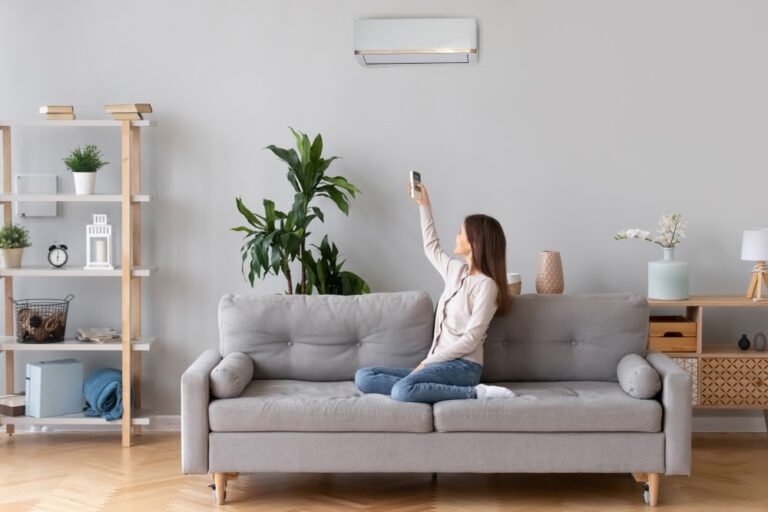
Jul 8, 2021
Summer Tips: 4 Main Steps You Should Take To Conserve Energy From Your AC System
-

Jul 1, 2021
Why Improved Indoor Air Quality Is Vital For Your Business
-
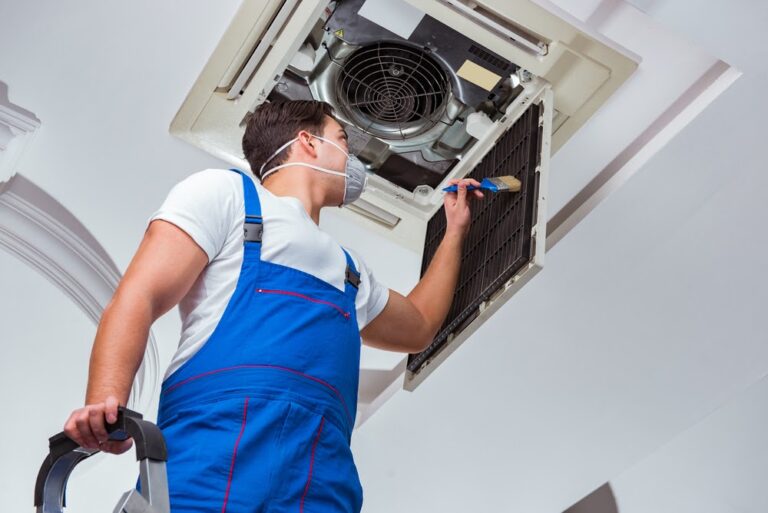
Jun 22, 2021
3 Major Ways In Which AC Servicing Ensure Safe & Effective Performance
-
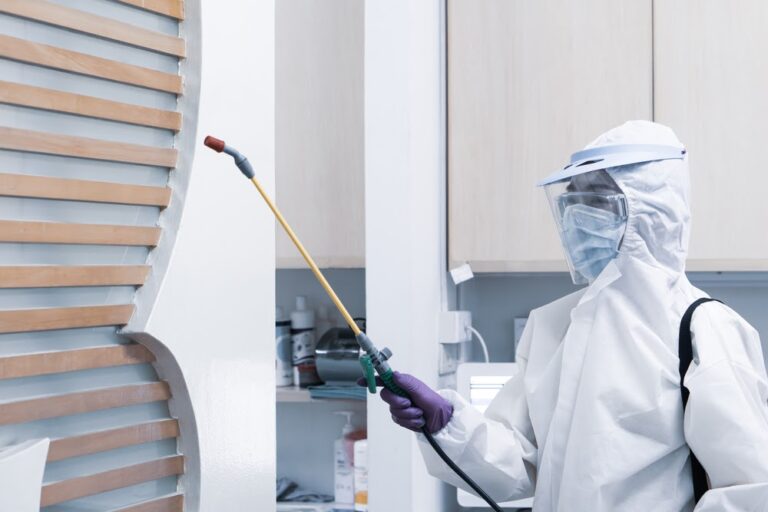
Jun 15, 2021
3 Things You Should Keep In Mind While Choosing The Best Disinfection Services
-

Jun 8, 2021
Hygiene Factors: Importance Of Improved Indoor Air Quality
-

Jun 1, 2021
Seasonal Changes: Avoiding The Risk Of Allergies With AC Servicing
-
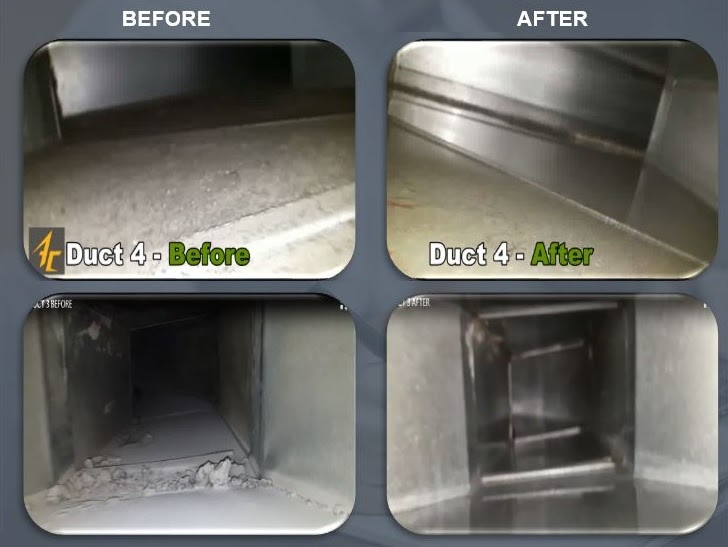
May 22, 2021
Why Is It Critical To Conduct Maintenance And Repair For Your Air Ducts?
-

May 15, 2021
The Ultimate Guide In Sanitizing Your Bedroom
-

May 8, 2021
Baffling Breakdowns: The Main Reasons Why Air Conditioning Systems Fail To Work
-

May 1, 2021
Five Signs That Your House Needs Urgent Maintenance
-

Apr 22, 2021
Moving Offices? Here Are 4 Essential Things That Should Be On Your Maintenance Checklist
-
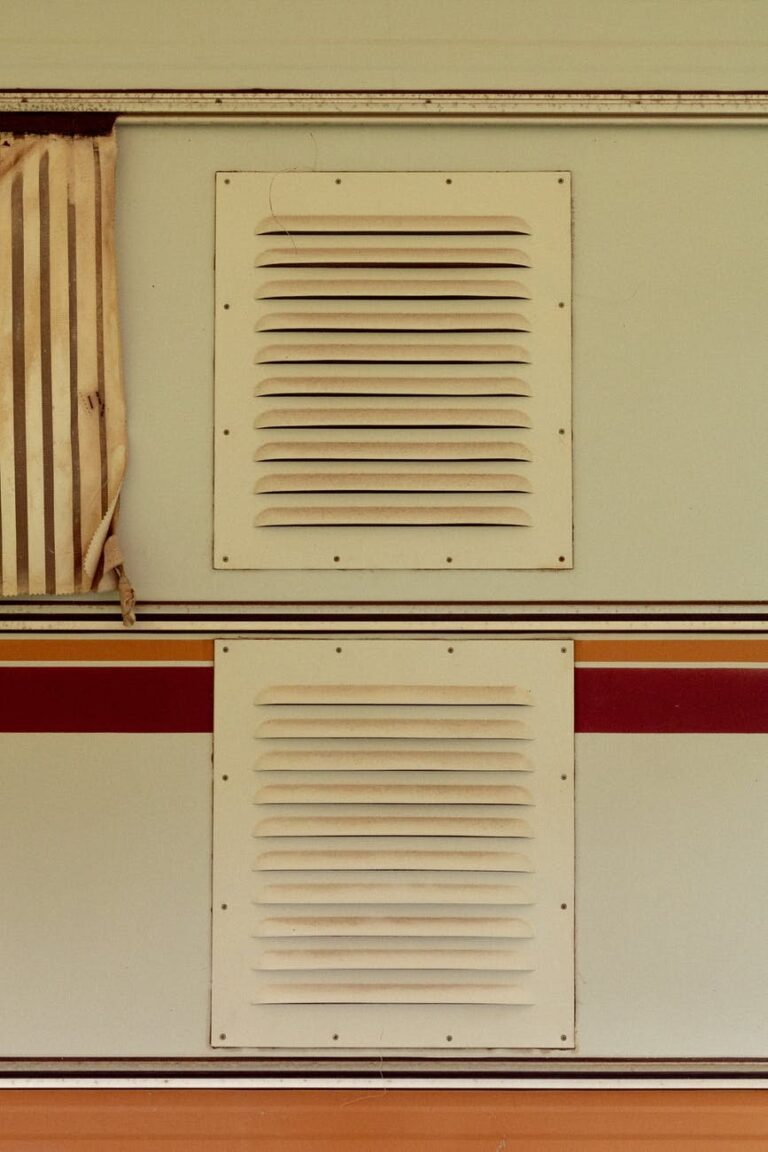
Apr 15, 2021
Summer Cleaning: Why Is It Important To Get Your AC Ducts Cleaned Before The Heat?
-
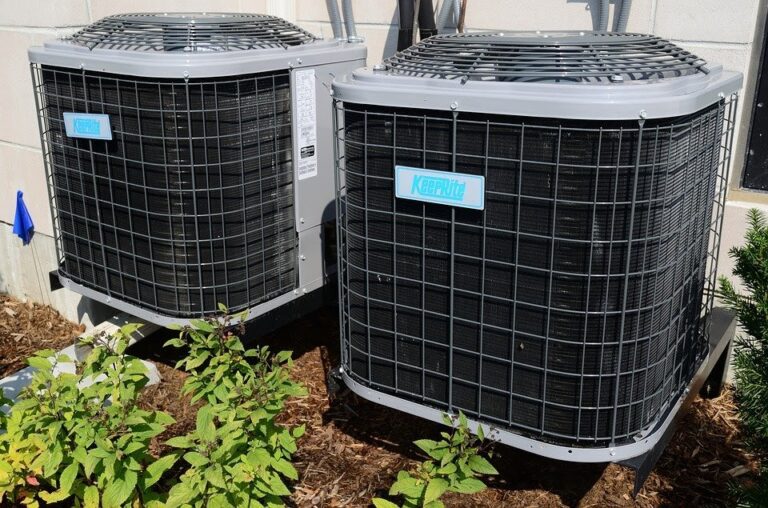
Apr 8, 2021
5 Ways That You Can Efficiently Maintain Your HVAC System
-

Apr 1, 2021
3 Major Reasons Why You Should Avail Home Sanitization Services Before Spring Break Arrives
-
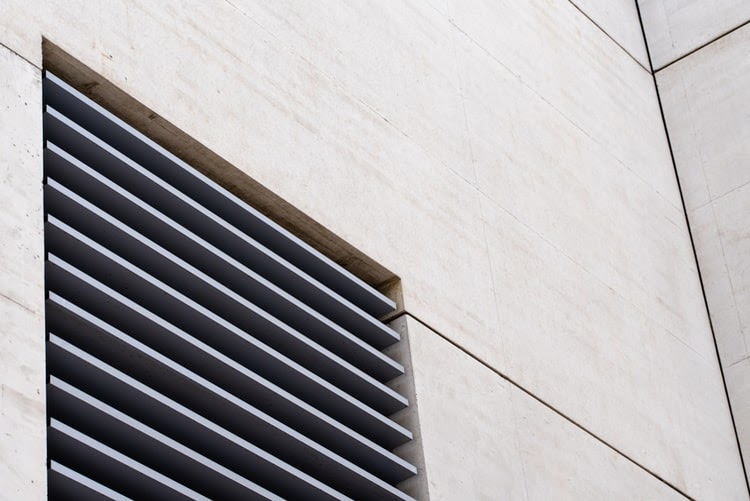
Mar 22, 2021
Spring Cleaning Checklist: Why Is It Important To Frequently Clean AC Ducts Before Summer Arrives
-

Mar 20, 2021
Supporting Mothers Role: A Super Clean Mother’s Day Gift
-

Mar 15, 2021
Declining Performance: Why You Should Maintain Your AC Frequently
-
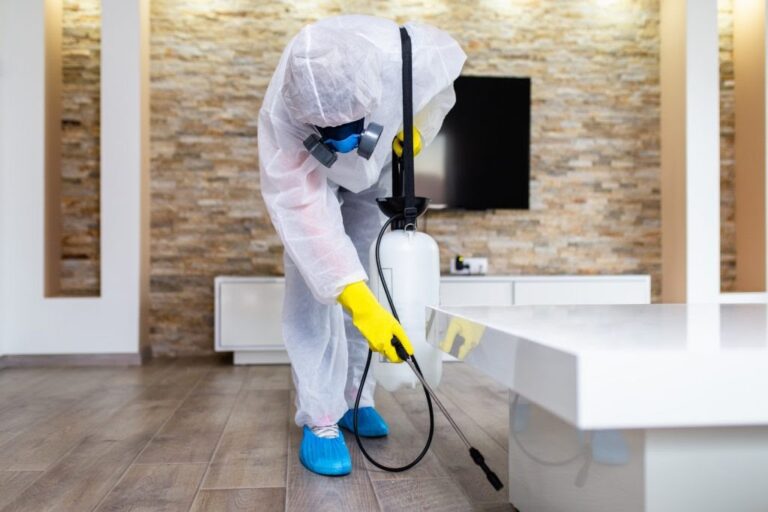
Mar 8, 2021
Safety Rules: 5 Reasons Why A Professional Disinfection Is Required In Your Home
-

Mar 1, 2021
COVID-19 Alert: Why You Should Avail Home Sanitization Services Frequently
-

Jan 22, 2021
A Look Into The Positive Effects Upholstery Maintenance Has On Your Child’s Allergy Triggers
-

Jan 15, 2021
Here are 3 Places You Should Definitely Sanitize In A House Full Of Children
-
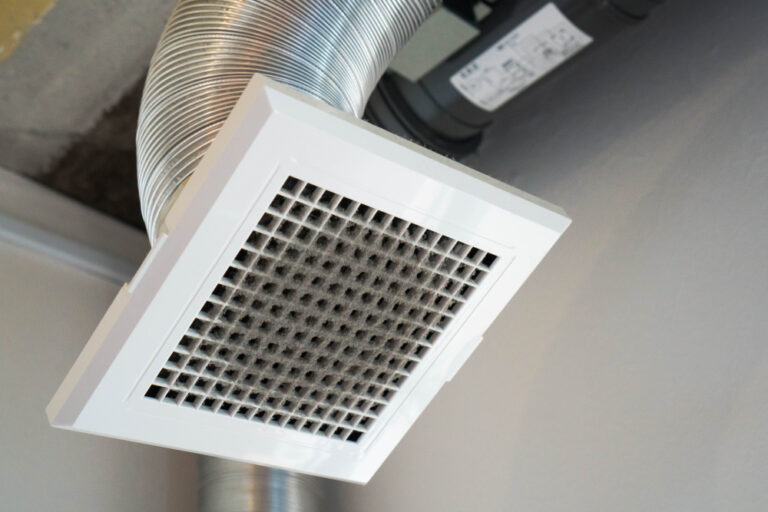
Jan 8, 2021
Duct Cleaning Essentials: 5 Preventive Measures For Maintaining The Health Of Your Elderly Family Members
-
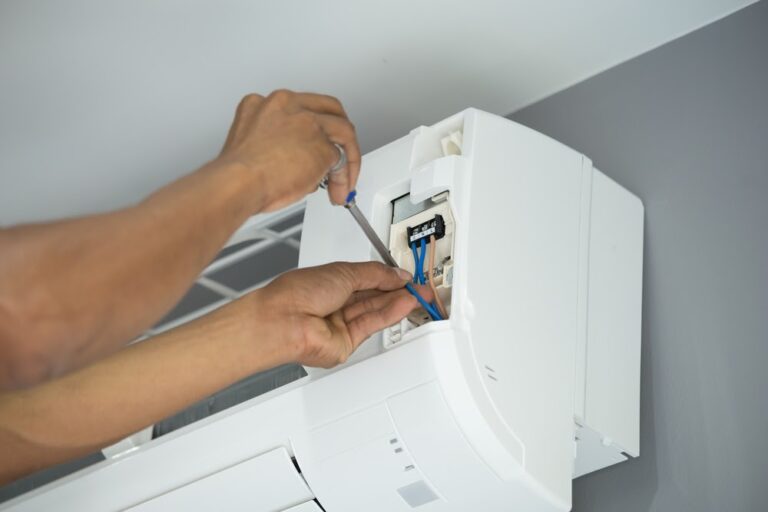
Jan 1, 2021
Preventing Hazards: Why Is It Important To Regularly Check For Frayed Wires In Your HVAC Unit?
-

Dec 17, 2020
Sick Building Syndrome: How AC Duct Cleaning Can Help Improve Indoor Air Quality
-
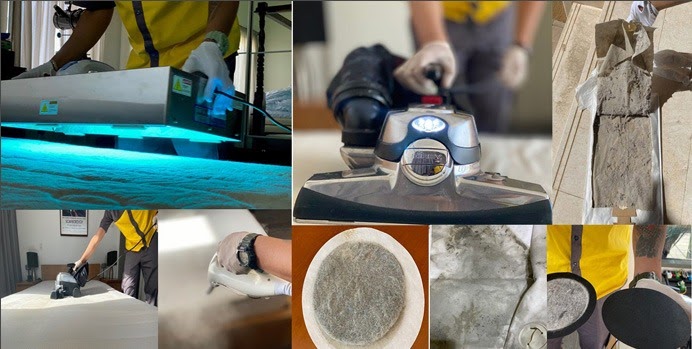
Dec 10, 2020
Healthier Beginnings: Starting 2021 Right By Deep Cleaning Your Mattress
-

Dec 6, 2020
Breathe Easy This 2021: Look Forward To A Healthy Year With AC Duct Cleaning
-
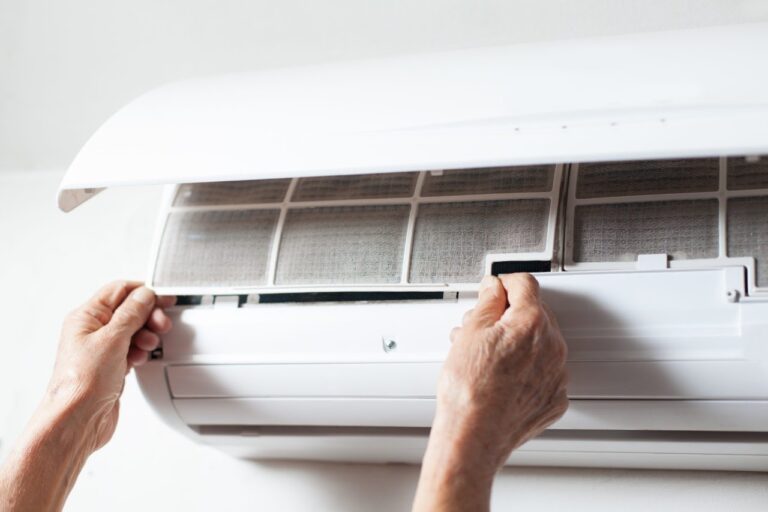
Dec 1, 2020
4 Easy Tips On How To Perfectly Clean Your AC System
-

Nov 28, 2020
You May Not Be Disinfecting Your Home Properly- Find Out Why
-

Nov 21, 2020
AC Short Cycling: A Brief Guide On How You To Detect The Main Cause
-
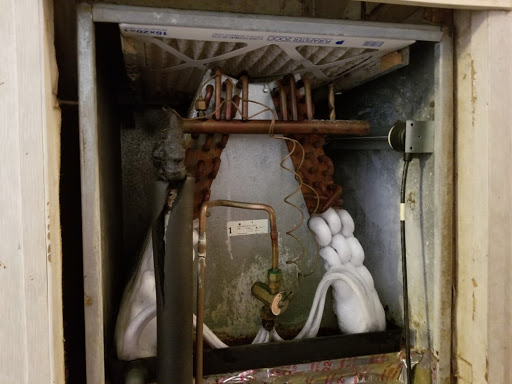
Nov 14, 2020
Frozen Evaporator Coil? Here’s What You Can Do To Fix It
-
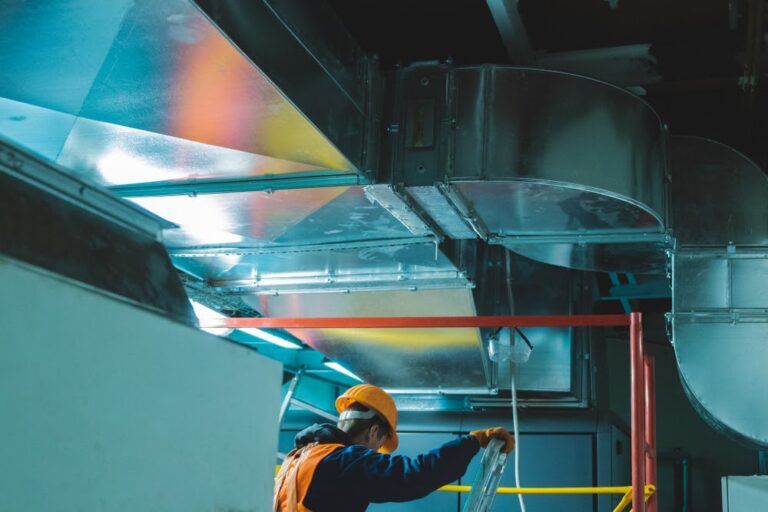
Nov 7, 2020
Reasons To Look For “NADCA-Certified” AC Duct Cleaning Company
-

Oct 29, 2020
Reasons Behind Your AC’s Water Leakage
-

Oct 14, 2020
3 Signs You Should Look For To Detect Faulty AC Installation
-

Oct 9, 2020
Why You Should Take A Different Approach In Cleaning Your Upholstery
-
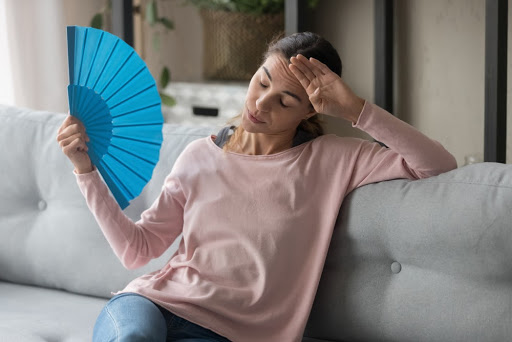
Oct 4, 2020
Can’t Switch On Your AC? Find Out What’s Wrong
-

Sep 22, 2020
5 Things To Look For If Your AC’s Airflow Is Blocked
-

Sep 15, 2020
Protect Your Home Through Safe Sanitization
-

Sep 8, 2020
Just Moved In? Why Preventive Maintenance Is Important
-

Sep 1, 2020
What’s That Stench? 4 Reasons Why Your AC Emits A Bad Odor
-

Aug 24, 2020
Don’t DIY Your AC Repair!
-

Aug 17, 2020
FAQs About AC Maintenance- Answered
-

Aug 10, 2020
Things To Keep In Check In Maintaining And Cleaning Upholstery
-
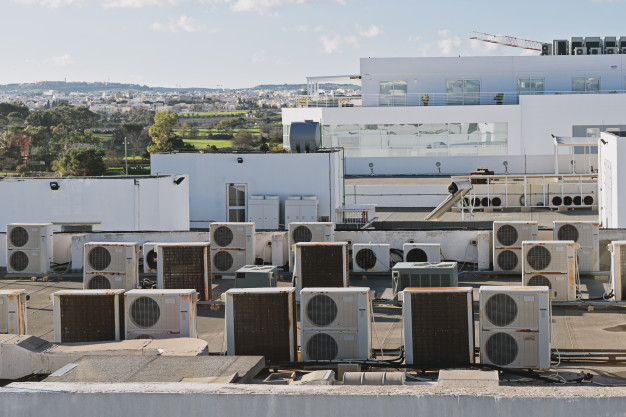
Aug 3, 2020
What Is That Noise? – 5 Noises Your AC Might Be Making & What It Means
-

Jul 23, 2020
New House? Why A Handyman Can Help You Turn It Into A Home
-

Jul 16, 2020
Why Is My AC Not Blowing Cold Air? And Other Summer AC Dilemmas
-

Jul 9, 2020
Clean And Bright: Get On With Summer Cleaning With These Sanitization Tips
-

Jul 2, 2020
Stop Summer Asthma And Allergy Triggers With Regular AC maintenance
-

Jun 22, 2020
Learn The Benefits That Mattress Deep Cleaning Offers To Your Wellbeing
-

Jun 16, 2020
Electrical Repairs: How To Read The Warning Signs
-

Jun 9, 2020
Why AC Maintenance Should Be A Priority During The Pandemic
-

Jun 2, 2020
What An Annual AC Maintenance Checklist Includes
-

May 28, 2020
Eco-Friendly Approaches To Sanitizing Your Home
-

May 12, 2020
Why Do Air Conditioning Units Increase Electricity Usage?
-

May 9, 2020
How Preventive Maintenance Can Prove To Be The Perfect ROI
-

May 2, 2020
7 Ways In Which Unclean Air Ducts Can Negatively Impact Your Health
-

Apr 26, 2020
How Staying At Home Gives You The Chance To Clean Your furniture
-

Apr 19, 2020
Why Right Now Is The Best Time For A Home Sanitization
-

Apr 9, 2020
Office Disinfection: All You Need To Know To Keep Your Workspace Clean And Safe
-

Apr 5, 2020
7 Reasons To Have Your AC Cleaned And Sanitized
-

Mar 22, 2020
How To Sanitize and Disinfect Your Furniture This Flu Season
-

Mar 18, 2020
How To Prevent Airborne Illnesses Through Your AC
-

Mar 9, 2020
How Indoor Air Quality Affects Your Brain Activity
-
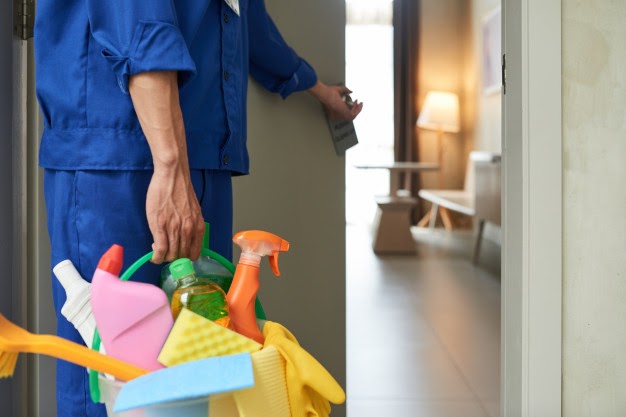
Feb 27, 2020
Getting Rid Of Home Allergens Affecting Your Furniture
-

Feb 19, 2020
How Facility Managers Can Ensure Better HVAC Performance
-

Feb 12, 2020
House Smelling Musty? Here’s How You Can Get Rid Of It For Good
-

Jan 28, 2020
How Important Are Annual Maintenance Contracts For Homes and Offices
-
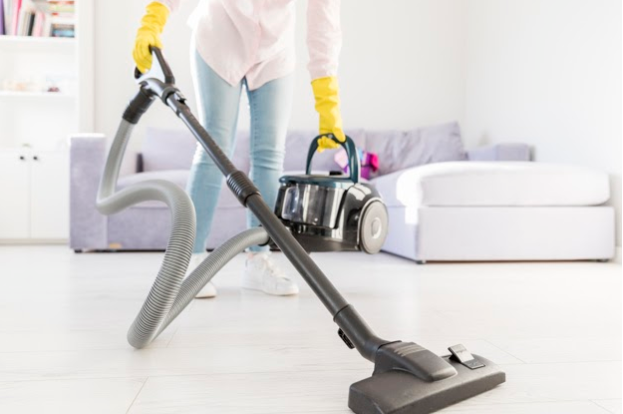
Jan 20, 2020
Find Out Why You Should Sanitize Your Furniture This 2020
-
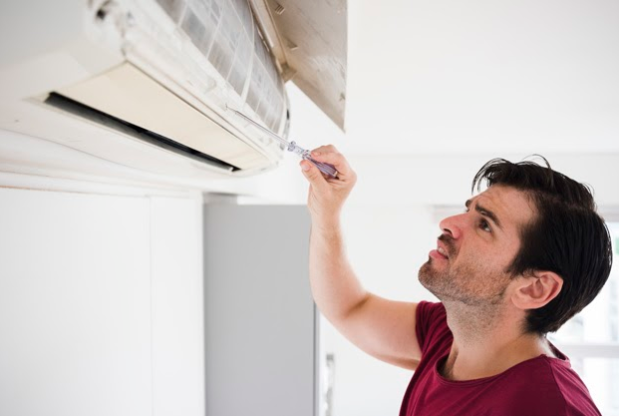
Jan 3, 2020
New Home? Here’s Why You Should Start With AC Duct Cleaning
-

Dec 30, 2019
The Dangers Of Poorly Maintained Air Conditioning Units
-
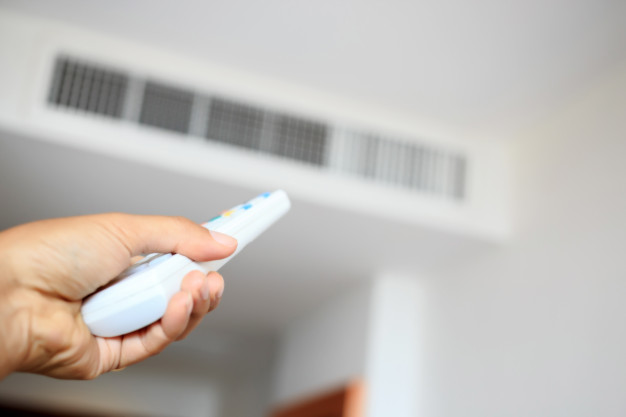
Dec 27, 2019
How Can HVAC Maintenance Boost Workplace Productivity
-

Dec 15, 2019
Check For These 5 Things Before Scheduling Your HVAC Appointment
-
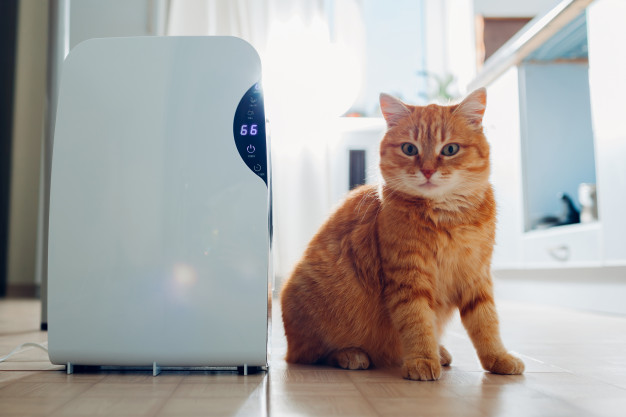
Nov 28, 2019
Heads Up Pet Owners: Here’s Why Air Duct Cleaning is a Must For You
-

Nov 24, 2019
3 Ways You’re Damaging Your AC System Without You Noticing
-

Nov 12, 2019
4 AC Energy-Saving Tips To Minimize Your Next Electric Bill
-

Nov 5, 2019
What’s Wrong With Your AC? 5 Ways To Spot Hidden Issues in Your System
-
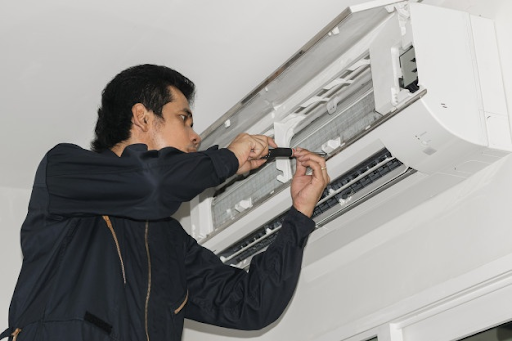
Oct 20, 2019
How Often Does An Air Conditioner Need Servicing?
-
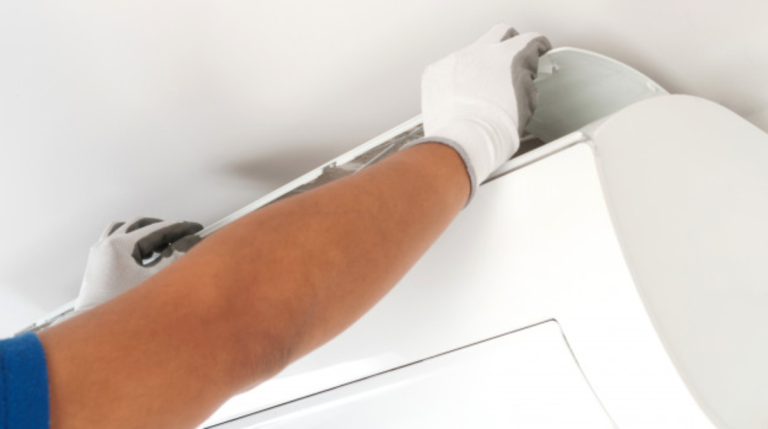
Oct 15, 2019
What Happens When You Don’t Regularly Clean Your HVAC System
-
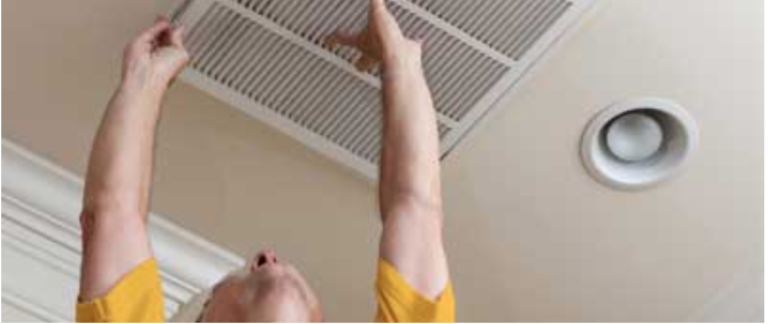
Oct 8, 2019
5 Signs That You Need To Call For Home Maintenance
-
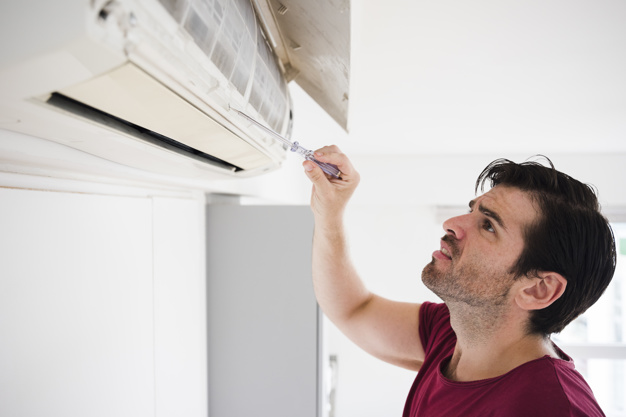
Oct 2, 2019
Should You Repair or Replace Your Air Conditioner?
-
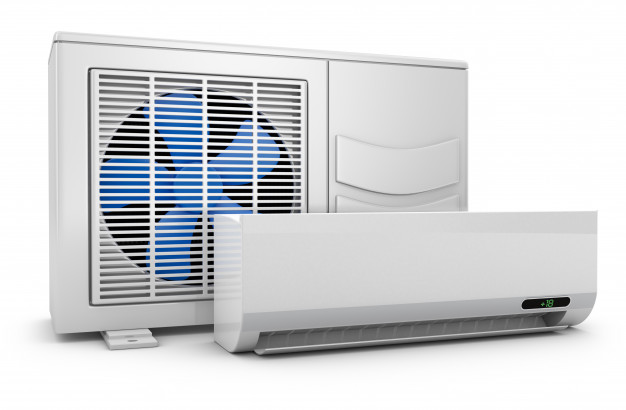
Sep 18, 2019
What To Consider When Buying A New HVAC System
-

Sep 5, 2019
Guidelines To Find A Professional AC Maintenance Company In The UAE
-
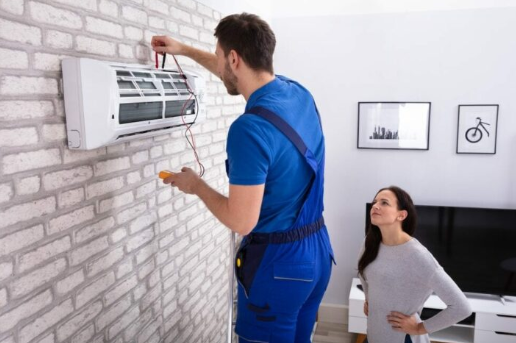
Aug 12, 2019
Learn How to Choose the Best HVAC Repair Service
-
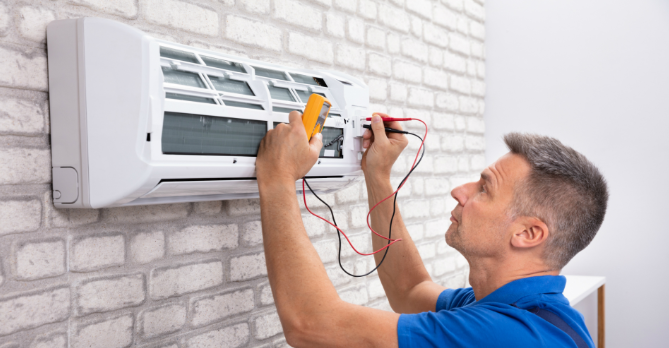
Aug 5, 2019
How to Save Money on Air Conditioner Repair Costs
-
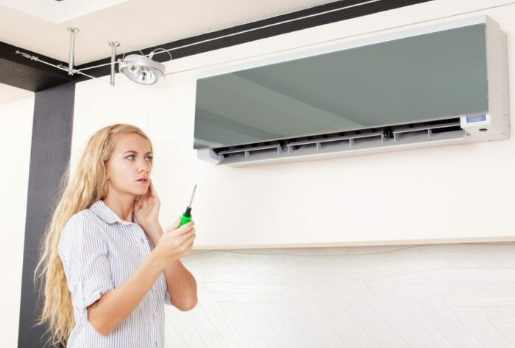
Jul 28, 2019
How to Improve the Efficiency of Your AC While Saving Costs
-

Jul 21, 2019
How Frequent Servicing of Your AC Results in More Savings
-
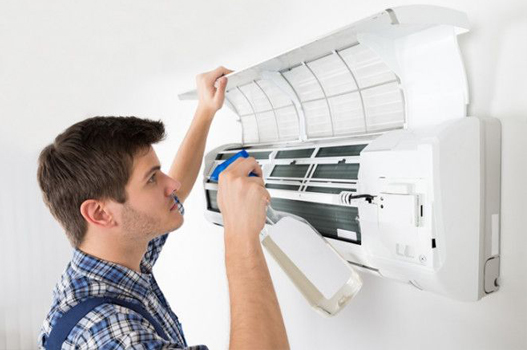
Jul 14, 2019
What to Keep in Mind Before Hiring an AC Technician





